|
Parentheses (or round brackets) can help fiction authors evoke a sense of simultaneity in their viewpoint character’s experience – one that challenges a more conventional linear narrative. Here’s how it works.
|
|
Parentheses
|
Tell me about parentheses (round brackets) and how they work.
|
|
Commas
|
Tell me about parentheses, round brackets, and how they work.
|
|
Spaced en dashes
|
Tell me about parentheses – round brackets – and how they work.
|
|
Closed-up em dashes
|
Tell me about parentheses—round brackets—and how they work.
|
Parentheses as convention breakers in fiction
This might be because they’re large and therefore visible marks – ones that demand a reader’s attention. That they’re interruptive could be a good reason to avoid them, though it could equally be the very reason why you want to use them.
The key to using any punctuation mark effectively is to understand its purpose and consider how the reader will interpret it. And so just because the use of parentheses is infrequent enough in fiction to make it unconventional isn’t a reason to ban them from prose.
Parentheses as satirical and viewpoint-switch markers
- For satirical purposes – an external narrator wants to poke fun at a focus character’s behaviour, thoughts or dialogue.
- For viewpoint purposes – the narrative is written from a viewpoint character’s perspective and therefore limited to their experience, but an external narrator wishes briefly to interrupt.
If you’d like to explore my analysis of these two uses, read How to use round brackets (parentheses) in fiction writing.
Scroll through the comments on that post and you’ll see a fantastic question raised by a reader that got me thinking about parentheses again.
The question an author posed
‘Louise, I'm writing a short story in which I have inserted a couple of parenthetical phrases (I don't even know what to call them) which separate one part of a sentence from another. I've seen Stephen King do this and it fascinated me. The character (narrator) is reflecting on a dream she has just awoken from. What do you think of this style, and what is it called?’
I replied admitting that I didn’t know quite what this is called in terms of literary style but that she’d got me thinking, and helped me consider a third function of parentheses that I hadn’t interrogated before: simultaneity.
Here’s her example. It’s from a short story tentatively titled ‘The Woman at the Window’.
(the bombs bursting in air)
bombs that were dropping by the hundreds from a fiery sky.
There are a couple of interesting things going on in Ellen’s example – not just the parenthetical phrase but also the placement of it. It takes its own line, which makes it stand out even more.
Why parentheses can convey simultaneity
‘I wanted to shake the reader up a bit by writing it that way,’ she told me.
And she succeeded. Parentheses do stand out. So does the separate line. But my reading of her work led me to consider another effect she’d created, albeit unwittingly – simultaneity.
How readers process sentences in a linear fashion
This is linear description. We absorb the story in the order the phrases are presented to us – first the dreaming, then the waking-up on a night just before Labor Day, then the terrified screaming, then seeing the exploding missiles, then the glare of the rockets, and finally the flaming sky.
But actually, that’s not how Ellen wrote it. Here’s the unedited version:
(and the rockets' red glare)
and the sky alight with flames.
The rocket-glare phrase is now bracketed and takes its own line. And I think this changes that linearity subtly. It’s as if the glare of the rockets is experienced at the very same moment that the missiles are exploding. It’s another layer of experience that sits behind the explosions.
That’s how we often experience traumatic events in reality. Our brains work so fast that we process multiple pieces of information and feel multiple emotions all at once. The difficulty comes in expressing that in linear text.
In Ellen’s example, the parentheses act as a signal of this simultaneity of experience, and show rather than tell an onslaught of emotional, auditory and visual information.
Showing sensory assault through simultaneity
(the bombs bursting in air)
bombs that were dropping by the hundreds from a fiery sky.
The way the parenthetical phrase punctuates the prose makes me feel uncomfortable. It jars me visually. And that’s why I love it. It shows rather than tells the assault on the senses that I can imagine a person would experience if they were in an environment where missiles were exploding and falling around them.
The character awakes. She’s likely still shaken from the dream, and trying to process what she experienced. And so she narrates what she saw, which pared down is this:
But as she's thinking about this, the bursting bombs is there too, behind the more expository narration, right at the same time. And it’s the bracketed line that shows this.
An alternative might have been:
In that revised version, 'as' tells the simultaneity. It's told prose. Instead, Ellen as author, has shown us with the parentheses, and it's far more dramatic.
And so we might consider parenthetical statements such as this as devices that help authors create layers of simultaneous experience that are warranted when there’s sensory assault in play.
Showing conflict through simultaneity
Here’s an example that I have written more conventionally, using italic and a tag to convey a thought.
Say no, she thought. You don’t have time.
Yes yes yes yes, she typed, because it would be a crap ton of fun and the alternative was D asking someone else, and that was unthinkable.
This approach encourages the reader to approach the prose in a linear way: First D texts Louise with an idea. Then a thought process takes place. Then Louise responds.
But look what happens when we experiment with parentheses.
(Say no. You don’t have time.)
Yes yes yes yes, she typed, because it would be a crap ton of fun and the alternative was D asking someone else, and that was unthinkable.
Now there’s a signal that two conflicting emotional responses are in play simultaneously. Thinking ‘no’ and typing ‘yes’ are occurring at the same time.
Summing up
However, used purposefully, parentheses can enhance that moment and create a sense of simultaneity of experience – perhaps involving an assault on the senses or competing emotions fighting for primacy in a character’s mind.
There are no rules in fiction. Instead, what writers (and the editors who work with them) must strive for is how best to communicate a character’s emotions, perception and actions in the moment, so that the reader can get under the skin of that experience.
And it might just be that – once in a while – a pair of round brackets helps with that goal.
Other resources you might like
|
She is an Advanced Professional Member of the Chartered Institute of Editing and Proofreading (CIEP), a member of ACES, a Partner Member of The Alliance of Independent Authors (ALLi), and co-hosts The Editing Podcast.
- Get in touch: Louise Harnby | Fiction Editor & Proofreader
- Connect: Twitter at @LouiseHarnby, Facebook and LinkedIn
- Learn: Books and courses
- Discover: Resources for authors and editors
What’s in this post ...
- What is narrative distance?
- Are narrative distance and psychic distance the same thing?
- How is narrative distance related to narrative style?
- Why writers and editors need to learn about narrative distance
- Using a visual framework to understand narrative distance
- Related resources for you to dig into
What is narrative distance?
A narrator is the person who tells the story. They can be a character in the book or an entity that stands outside it.
There can be multiple narrators in a book, too. That allows the author to present events from multiple perspectives.
‘Narrative distance’ describes the space between a novel’s narrator and the reader.
- If we, as readers, feel deeply connected to the narrator and their experience of the fictional world they inhabit, narrative distance is tiny.
- If we feel dislocated from them, more like we’re looking out on the story’s landscape objectively, the narrative distance is wide.
Are narrative distance and psychic distance the same thing?
You might find one or other useful depending on what issues you’re dealing with when you’re writing or editing. I like the word ‘narrative’ because it reminds me what part of the prose I’m dealing with.
Then again, I sometimes use the word ‘psychic’ because it reminds me that although I’m dealing with fiction, and therefore something that’s not real, the narrator within that creative realm still has their own lived experience and a raft of emotions that come with that.
How is narrative distance related to narrative style?
- First-person limited
- Third-person limited
- Third-person objective
- Third-person omniscient
Each of those narrative styles come with a certain degree of distance between the narrator and the reader.
For example, first-person narrations always feel a little more intimate because the pronoun ‘I’ is used. Second-person narrations can feel equally intimate, but in a voyeuristic way.
Third-person narrations – and the pronouns that come with them – are what we’re used to using for those not being directly addressed, so in prose they naturally put space between readers and narrators using the third person.
When we move beyond a framework of narrative style and start to think specifically in terms of narrative distance, we’re able to analyse the effectiveness of prose in a more nuanced and flexible way.
Why writers and editors need to learn about narrative distance
Perhaps you’ve never noticed before, and if that’s the case, the author and their editor have done a great job because the movement is seamless.
If that movement is jarring and too obvious, it could be an indication that narrative distance isn’t being controlled sufficiently. Editors and writers who can recognize narrative distance and evaluate its effectiveness are better equipped to solve the problem, and justify their solutions.
Using a visual framework to understand narrative distance
My solution was to structure my own learning as a visual framework. I presented that framework at the Chartered Institute of Editing and Proofreading’s annual conference in September 2021 and then for the Society of Authors in October 2021.
The framework I shared at those two events garnered fabulous reviews and convinced me to record a webinar that everyone could access.
Narrative Distance: A Toolbox for Writers and Editors is available now to anyone who wants to lift the curtain on narrative distance and use it to craft prose that offers a better reader experience.
Use the button below to find out what’s included in the course.
|
If you’re a CIEP member, don’t forget that you can save 20% on all my courses. Log in to Promoted courses · Louise Harnby’s online courses. Then enter the coupon code at my checkout.
|
Related resources for you to dig into
- Blog post: 7 reasons why I’m not the right editor for you
- Blog post: How to avoid repeating ‘I’ in first-person writing
- Blog post: How to show the emotions of non-viewpoint characters
- Blog post: What’s the difference between a viewpoint character and a protagonist?
- Book: Editing Fiction at Sentence Level
- Book: Making Sense of Point of View
- Course: How to Write the Perfect Fiction Editorial Report
- Course: Switching to Fiction
She is an Advanced Professional Member of the Chartered Institute of Editing and Proofreading (CIEP), a member of ACES, a Partner Member of The Alliance of Independent Authors (ALLi), and co-hosts The Editing Podcast.
- Get in touch: Louise Harnby | Fiction Editor & Proofreader
- Connect: Twitter at @LouiseHarnby, Facebook and LinkedIn
- Learn: Books and courses
- Discover: Resources for authors and editors
What’s in this post
- to show rather than tell internal experience
- to decelerate reading speed
- to emphasize key information
- to create clutter-free immediacy
- to deliver suspenseful chapter finales
Showing rather than telling internal experience
The staccato rhythm of one-line paragraphs is interruptive, both rhythmically and visually. Each short line is its own single beat, one that’s structurally visible on the page. Every time the reader moves onto the next, they take mental breath.
Because the lines are short, the breaths come quickly, and it’s there that the author can show rather than tell a character's internal experience in a way that's rich in mood and voice.
In this excerpt from Recursion by Black Crouch, p. 317 (Pan, 2019), look at how the structure of those two initial short lines in bold mirrors the meaning of the words.
|
The memories arrive in a blink.
One moment nothing. The next, he knows exactly where he is, the full trajectory of his life since Helena found him, and exactly what the equations on the blackboard mean. Because he wrote them. They're extrapolations of the Schwarzschild solution, an equation that defines what the radius of an object must be, based upon its mass, in order to form a singularity. That singularity then forms an Einstein-Rosen wormhole that can, in theory, instantaneously connect far-flung regions of space and even time. |
One minute the memories aren’t there; the next they are. The beat of their arrival is reflected in the way the prose is formatted. We’re therefore shown how the viewpoint character experiences the lightning-speed download of knowledge, and as a result we feel it all the more intensely.
Decelerating reading speed
Such speedy reading can lead to skimming because we relax into the flow of the narrative. One-line paragraphs, however, stand out because they contrast so starkly with the longer passages, surrounded as they are by so much white space.
Text that stands out begs for our attention and forces us to slow down and focus on each word. And that means it’s not only the rhythm of the prose that’s changed; so has the rhythm of how we’re interacting with it as readers.
Take a look at this example on p. 470 of The Good Daughter by Karin Slaughter (HarperCollins, 2017).
|
There was more tapping, more tracking, and then colours on the screen were almost too much. The blacks were up so far that gray spots bubbled through the midnight fields.
Charlie suggested, “Use the blue on the lockers as a color guide. They’re close to the same blue as Dad’s funeral suit. Ben opened the color chart. He clicked on random squares. “That’s it,” Charlie said. “That’s the blue.” “I can clean it up more.” He sharpened the pixels. Smoothed out the edges. Finally, he zoomed in as close as he could without distorting the image into nothing. “Holy shit,” Charlie said. She finally got it. Not a leg, but an arm. Not one arm, but two. One black. One red. A sexual cannibal. A slash of red. A venomous bite. They had not found Rusty’s unicorn. They had found a black widow. |
The non-bold text is what we’re most used to seeing. It makes for a comfortable, leisurely, skimmable read. But when we get to the bold single-line paragraphs, the contrast is visible on the page. Our reading pace decelerates and our attention zooms in on every word.
Emphasizing key information
Because the one-liner stands out, it’s an opportunity for centre-staging. Here’s a great example from Harlan Coben’s Win, p. 38 (Century, 2021).
|
Respect, yes. Bow, no. I also don’t use these techniques,
per the platitude, “only for self-defense,” an obvious untruth on the level of “the check is in the mail” or “don’t worry, I’ll pull out.” I use what I learn to defeat my enemies, no matter who the aggressor happens to be (usually: me). I like violence. I like it a lot. I don’t condone it for others. I condone it for me. I don’t fight as a last resort. I fight whenever I can. I don’t try to avoid trouble. I actively seek it out. After I finish with the bag, I bench-press, powerlift, squat. When I was younger, I’d have various lifting days—arm days, chest days, leg days. When I reached my forties, I found it paid to lift less often and with more variety. |
Coben wants us to know something about his protagonist Windsor Horne Lockwood III, something we might find distasteful and hard to fathom. Nevertheless, it’s central to the characterization; Win’s actions throughout the novel don’t make sense unless we know this. Coben ensures we don’t miss it.
Creating clutter-free immediacy
This can reduce narrative distance – the space between the reader and the viewpoint character.
Here’s beautiful example from p. 296 of The Cold Cold Ground by Adrian McKinty (Serpent’s Tail, 2012)
|
“You had to stick your fucking neb in, didn’t ya? You had to open your big yapper. Can’t you fucking take a hint? After all them ciggies we give you too,” he said.
He raised the gun. I closed my eyes. Held my breath. A bang. Silence. When I opened my eyes again Bobby Cameron was staring at me and shaking his head. Billy White was dead to my left with the back of his head blown off. |
The narration is first person, so it’s already immersive. But the one-line paragraphs in bold drive us deeper into Sean Duffy’s experience. There’s no fluff, no filtering, no cluttering description.
Each moment of the action is presented oh so precisely, slamming us into the now of the novel – the weapon being raised, Duffy’s physical response, then what he hears: first a bang, then nothing.
In five lines and fourteen words, McKinty shows us something powerful – that he trusts us to get it. We don’t know for sure what Duffy is feeling. It could be sadness, terror, anger, resignation, or a combination of some or all those things.
The author’s had the courage to leave it to us, to allow us to imagine what this moment means internally for Duffy, rather than forcing us one way or another. In doing so, we get to be Duffy for a while rather than a fly on the wall. The narrative distance is so small, it’s barely perceptible.
Delivering suspenseful chapter finales
When that yearning is encapsulated in one line, it stands out and demands that we turn the page.
Here are the final two paragraphs from p. 132 of David Rosenfelt’s Open and Shut (Grand Central Publishing, 2002)
|
The next morning, to my undying shame, I did not withdraw my request. I had the time of my life at camp that summer, and I know now that my father, so desperate for me to go that he was in terrible pain, had millions of dollars that he refused to touch.
Money that he did not make delivering newspapers. [Chapter ends] |
There is only one question on the reader’s mind as the chapter closes: So how did his father make all that money?
And because the answer lies beyond – maybe in the next chapter, maybe right at the end of the book – we turn the page.
Why less is more
One-liners pack the biggest punch when they’re used now and then as a tool with which to vary the pulse of your prose and deepen your reader’s immersion in the world you’ve created.
Save them for best so that they stand out.
More writing and editing resources
|
She is an Advanced Professional Member of the Chartered Institute of Editing and Proofreading (CIEP), a member of ACES, a Partner Member of The Alliance of Independent Authors (ALLi), and co-hosts The Editing Podcast.
- Get in touch: Louise Harnby | Fiction Editor & Proofreader
- Connect: Twitter at @LouiseHarnby, Facebook and LinkedIn
- Learn: Books and courses
- Discover: Resources for authors and editors
Review your novel for 6 common problems. None involve major rewriting, just relatively gentle recasts that will improve your prose significantly, and make your reader's experience more immersive.
1. Assess invasive adverbs
2. Remove redundant filter words
3. Take the spotlight off speech tags
4. Pick up dropped viewpoint
5. Trim anatomy-based action
6. Turn intention into action
1. Assess invasive adverbs
However, overuse is often a symptom of an author telling us what’s already been shown, which means the adverbs are repetitive and cluttering. In the two examples that follow, they can be ditched because 'fidgeted' shows the nervousness, and the apology in the dialogue shows the regret.
- Jane fidgeted nervously with the napkin.
- ‘I’m so sorry to keep you waiting,’ she said with regret. ‘It’s been one of those days.’
- Jane fidgeted with the napkin.
- ‘I’m so sorry to keep you waiting,’ she said. ‘It’s been one of those days.’
Even when adverbs are telling us something new, consider elegant recasts that use stronger verbs but still keep readers in the moment.
- Jane turned around suddenly and ducked.
- Jane opened the shed door cautiously and peeked in.
- Jane spun around and ducked.
- Jane inched open the shed door and peeked in.
2. Remove redundant filter words
The reader is already experiencing the story through a viewpoint character. For that reason, we often don’t need to be told that they realize, see, think or feel anything. We’re already in their heads.
It’s telling what’s already been shown.
- Jane’s phone trilled. She glanced at the screen and saw that it was James calling again.
- Matthew felt a thumping in his temples and thought about how that third glass of wine had been a bad idea.
- Jane’s phone trilled. She glanced at the screen. James again.
- Mathew’s temples thumped. That third glass of wine had been a bad idea.
Filtering pulls us out of the deep, limited viewpoint. Worse, it’s repetitive and obvious. Jane has already looked at the screen so we know her eyes are doing the work; telling us that she saw as a result of her glancing is redundant.
In the example where Matthew’s the narrative viewpoint character, we needn’t be told he feels the thumping in his temples, since if he weren’t feeling it he couldn’t report it. Nor do we need to know he’s thinking about that third glass because we’re already in his head.
3. Take the spotlight off speech tags
Sometimes tags aren’t even necessary because it’s obvious who’s speaking. Other times, we can replace a tag with an action beat than conveys movement and emotion.
Readers should be focused on the dialogue. If a showy tag is necessary to convey a character’s voice or mood, the speech might need a rethink.
In the examples below, the speech tags do the following:
- tell what the punctuation’s already shown
- tell what the dialogue’s already shown
- tell us what the dialogue could have shown but doesn’t
- express non-speech-related behaviour
- 'That’s extraordinary!’ Jane exclaimed, and ran her index finger over the polished wood.
- ‘Put the damn thing down now. That’s an order, soldier,’ Reja commanded, raising her rifle.
- ‘Stop,’ Mathew pleaded.
- ‘I really need to hit the sack,’ James yawned.
ALTERNATIVES
- ‘That’s extraordinary!’ Jane ran her index finger over the polished wood.
- ‘Put the damn thing down now.’ Reja raised her rifle. ‘That’s an order, soldier.’
- ‘Stop,’ Mathew said. ‘I’m bloody begging you.’
- James yawned. ‘I really need to hit the sack.’
4. Pick up dropped viewpoint
- The viewpoint character reports what they can’t know.
- The reader is given access to non-viewpoint characters' internal experiences.
The viewpoint character reports what they can’t know
Reporting what can’t be known often comes with filter phrases such as 'could tell (that)' and 'knew (that)'.
In this example, John is the viewpoint character. We experience the story though his senses.
There, behind the desk, sat Reja, the girl he’d dated two decades earlier.
‘Sergeant John Davis,’ he said, and held out his hand. He could tell she didn’t remember him.
Actually he can’t tell any such thing. It might seem that way, but for all John knows, she could be hiding it because she has another agenda. Telling us that’s not the case removes any underlying suspense – stops us asking the question.
This might seem like a small slip but it’s the kind of thing that turns over all the power of a limited/deep viewpoint to an all-knowing narrator and rips apart the tight psychic distance between reader and the viewpoint character.
Here are two recasts that avoid the viewpoint drop:
There, behind the desk, sat Reja, the girl he’d dated two decades earlier.
‘Sergeant John Davis,’ he said, and held out his hand.
She showed no sign of recognizing him.
There, behind the desk, sat Reja, the girl he’d dated two decades earlier.
‘Sergeant John Davis,’ he said, and held out his hand.
There was no recognition on her face.
Non-viewpoint characters’ internal experiences
Here we’re talking about head-hopping. It’s when readers are able to access emotions, mood and thoughts of a non-viewpoint character. In the example that follows, Reja is the viewpoint character.
Bloody fool. Who did he think he was? Reja jammed her hat down over her ears. No way was she leaving with him.
John could have kicked himself. He shouldn’t have come on that strong. Not after what she’d been through.
The solution is to recast the text so that these emotions, mood and thoughts can be inferred or accessed externally – for example, through movement or speech – by the viewpoint character only. Here’s a possible recast.
Bloody fool. Who did he think he was? Reja jammed her hat down over her ears. No way was she leaving with him.
John palmed his forehead and spluttered an apology. ‘I shouldn’t have asked. Not after … well, you know.’
5. Trim anatomy-based action
In the example below, we might remove the obvious body parts and focus more specifically on the part of John's legs doing the kicking and the impact of his action. As for the gun-toter, the hands have been ditched.
John kicked out with his legs. The woman stumbled, righted herself and came at him again, pistol raised in her hands.
ALTERNATIVE
John kicked out, slamming his heel into her kneecap. The woman stumbled, righted herself and came at him again, pistol raised.
6. Turn intention into action
Jane squeezed the detergent into the porridge. Just a couple of squirts to give Alice a taste of her own medicine.
However, when an author means to show the how of an action but tells of intention to act, there’s a problem. The red flag to watch out for is 'to'.
We can check whether the focus is on point by asking a question: What action do we want to show the reader (via Jane)?
If we want to show the reader that Jane can lift her wrist – because that’s what the first example below is showing us – we can leave as is.
However, that's rather dull; it's more likely that we want to show that Jane is checking the time, and so a leaner alternative is more effective.
Jane lifted her wrist to look at her watch. Bang on two.
ALTERNATIVE
Jane checked her wristwatch. Bang on two.
Summing up
And don't worry about them at first-draft stage. Use that space to get the words on the page. Put your sentence-level editing craft in play with a later draft, and once your story's structure, plot and characterization have been fully developed.
Further reading
- Author resource library (includes links to free webinars)
- Editing Fiction at Sentence Level: A Guide for Beginner and Developing Writers
- Making Sense of Point of View: Transform Your Fiction 1
- Making Sense of Punctuation: Transform Your Fiction 2
- ‘Playing with sentence length in crime fiction. Is it time to trim the fat?’
- ‘Playing with the rhythm of fiction: commas and conjunctions’
- ‘What is anaphora and how can you use it in fiction writing?’
- '2 ways to write about physical pain'
- 'What is head-hopping, and is it spoiling your fiction writing?'
She is an Advanced Professional Member of the Chartered Institute of Editing and Proofreading (CIEP), a member of ACES, a Partner Member of The Alliance of Independent Authors (ALLi), and co-hosts The Editing Podcast.
FIND OUT MORE
> Get in touch: Louise Harnby | Fiction Editor & Proofreader
> Connect: Twitter at @LouiseHarnby, Facebook and LinkedIn
> Learn: Books and courses
> Discover: Resources for authors and editors
Common examples are:
- there are/is/was/were
- it is/was
Take a look at the following pair. The first sentence is introduced by an expletive.
- There was a car parked outside the house.
- A car was parked outside the house.
When used well, expletives are enrichment tools that allow an author to play with a narrative voice’s register and the rhythm of sentences.
When prose is overloaded with them, it can feel cluttered with filler words that add nothing but ink on the page. At best, they widen the narrative distance between the reader and the POV character; at worst, they flatten a sentence and destroy suspense and tension.
Too much telling of what there is or was can rip the immediacy from a scene and encourage skimming. That’s a problem – it means the reader isn’t engaged and risks missing something.
Furthermore, if they’re not performing their rhythmic or emphasis role, expletives make sentence navigation more difficult because all they're doing is cluttering the prose.
Here's an example. Think I've overworked it? There are published books from mainstream presses with passages just like this made-up one.
It was a tiny room. There was a light switch with rust-coloured smudged fingermarks on the melamine surface. Was that blood? There was a noise coming from beyond on the back wall. It was a high-pitched whimper. Then there was silence. She held her breath and tiptoed forward.
Suddenly there was a scream.
The problem with the expletives in the passage above is that readers are bogged down in what there was rather than the viewpoint character's experience of discovery. Let's revise it to fix the problem.
The room was tiny. Rust-coloured fingermarks smudged the melamine surface of the light switch. Blood maybe. A noise came from beyond a door on the back wall. A high-pitched whimper. Then nothing. She held her breath and tiptoed forward.
A scream shattered the silence.
Notice how the narrative distance has been reduced in the revised passage. Now it's as if we're in the viewpoint character's head, moving with her second by second. We can focus on the room, the dried-blood fingermarks, the whimper, and the scream rather than the being of those things – their was-ness.
Removing the expletives and swapping in stronger verbs (smudged, shattered) enables us to tighten up the prose and introduce immediacy. And now there's no need for the told 'suddenly' – we experience the suddenness through the in-the-moment shattering.
As is always the case, obliterating expletives from a novel would be inappropriate because sometimes they're the perfect tool to help out with rhythm and emphasis.
The opening paragraph of Charles Dickens’s A Tale of Two Cities (p. 1) uses expletives galore, and masterfully at that. The repetition (anaphora) brings a steady rhythm to the passage that ensures the reader gives equal weight to the contrasting extremes – from best and worst to hope and despair.
The expletives introduce a detached sense of reportage that forces us forward rather than allowing us to dwell on any of the heavens or hells on offer. It’s simultaneously mundane and monstrous, and that's why it's magical.
And here’s an example from Dog Tags (p. 1) where omission of the expletive would rip the energy from the opening first line of the chapter and interfere with our understanding of which words we’re supposed to emphasize.
That was the USA Today headline on a piece that ran about me a couple of months ago.
Summing up
Grammatical expletives are a normal part of language and have every right to be in a novel. Overloading can destroy tension and make for a laboured narrative, but a purposeful peppering can amplify character emotion, moderate rhythm, and make space for the introduction of big themes in small spaces without sensory clutter.
Cited works and further reading
- Author resource library (includes links to free webinars)
- A Tale of Two Cities, Charles Dickens, W. W. Norton & Company; Critical edition, 2020
- Dog Tags, David Rosenfelt, Grand Central Publishing, Reprint edition, 2011
- Editing Fiction at Sentence Level: A Guide for Beginner and Developing Writers
- Making Sense of Punctuation: Transform Your Fiction 2
- ‘Playing with sentence length in crime fiction. Is it time to trim the fat?’
- ‘Playing with the rhythm of fiction: commas and conjunctions’
- 'Should I use a comma before coordinating conjunctions and independent clauses in fiction?'
- ‘What is anaphora and how can you use it in fiction writing?’
- 'Why "suddenly" can spoil your crime fiction'
She is an Advanced Professional Member of the Chartered Institute of Editing and Proofreading (CIEP), a member of ACES, a Partner Member of The Alliance of Independent Authors (ALLi), and co-hosts The Editing Podcast.
Visit her business website at Louise Harnby | Fiction Editor & Proofreader, say hello on Twitter at @LouiseHarnby, connect via Facebook and LinkedIn, and check out her books and courses.
Some writers and editors love a rule. I’m not so keen on the language of ‘rules’ because it sets up a binary mindset that’s focused on ‘wrong’ versus ‘right’ rather than clarity of meaning. Instead, I prefer to think in terms of convention.
Grammatical conventions are useful and purposeful. They provide us with a common frame of reference that helps us communicate clearly through the written word. We can start by at least acknowledging the following:
- Breaking with convention requires understanding convention’s intent.
- However, ignoring convention doesn’t always render a sentence unreadable or misunderstood.
- And adhering to convention doesn’t always mean a sentence is as powerful as it could be.
Balancing convention and meaning
Writing and editing fiction requires deciding when to break with convention. But how do we work out what works and what doesn’t? Here’s how I frame the balancing act:
- Punctuation should serve meaning as long as that doesn’t butcher rhythm.
- Rhythm should serve emotion as long as that doesn’t butcher understanding.
- Both should serve the reader and the story rather than the style manual and the grammar book.
So how does that apply to commas, coordinating conjunctions and independent clauses?
What are coordinating conjunctions?
Coordinating conjunctions are words that join other words or groups of words of equal weight. You might see them referred to in short as FANBOYS:
|
Independent clauses are groups of words that can stand as a sentence on their own and still make sense. They include a subject and a predicate.
Subjects are people/things that are doing something or being something – the noun (the thing) and the adjectival information describing that noun. The four examples given below are all subjects.
- Louise
- That fiction editor Louise Harnby
- The dog
- The Labrador in the corner
Predicates are what they’re doing – the verb (the doing word) and the thing the verb’s acting on. The four examples below are all predicates.
- slumped over the desk.
- loves working on thrillers.
- licked its paws.
- is pale yellow.
Joining subjects and predicates gives us independent clauses. Here are two simple examples (subject in bold; predicate underlined).
- The dog is pale yellow.
- It is licking its paws.
If two or more independent clauses in a sentence are joined by a coordinating conjunction, it’s conventional to place a comma before that conjunction.
EXAMPLE AND EVALUATION #1
In the following example, the independent clauses are in bold.
The independent clauses could stand on their own as complete sentences and be understood perfectly well. Let’s revisit our balancing act and assess the impact of the comma.
The degree to which the comma serves meaning here is, I think, debatable. This is what it looks like without the comma:
There’s no ambiguity there, and so one could argue that insisting on a comma would be grammatical pedantry. An editor would struggle to justify adding a comma for any other reason than ‘that’s the rule’ or 'I think it looks better' because the meaning is perfectly clear.
Could someone argue that the comma enforces the equal weighting of the independent clauses lying either side of the coordinating conjunction?
Yes in that it acts as a separator of two ideas: the dog’s colour and what it’s doing to its paws; the one isn't related to the other. And so I certainly wouldn’t remove it if it were already in place; there’s no justification for such an action.
MORE COMPLEX CONSTRUCTIONS
Many sentences in fiction are more complex. If our example looked like this, we might have a sounder justification for adding the comma:
In the revised example below, I think applying the conventional punctuation helps. The rhythm is moderated – we take a little breath when we reach the comma – and experience (through our viewpoint character’s eyes) first the colour of the dog and then what it’s doing and why.
The two ideas have a starker separation, and the punctuation convention supports that meaning.
EXAMPLE AND EVALUATION #2
Here’s an excerpt from Robert Ludlum’s The Janson Directive (Orion, 2003, p. 355). Once more, both independent clauses are in bold.
The independent clauses could stand on their own as complete sentences and be understood perfectly well. Again, let’s revisit our balancing act and assess the impact of the comma.
I think the comma serves meaning and is necessary. Without it, we might start to read the sentence as if the slug would shatter not just a skull but another life too. That’s not what Ludlum is saying. Instead, we’re alerted that another idea is coming into play.
A trip-up here means the reader would have to fix the grammar in their head and reread the sentence to make sense of it. That’s a momentary distraction no writer wants.
Let’s have a look at when we might ignore grammatical convention.
Below is a short scene I’ve made up. Our protagonist is a forty-year-old woman having a nightmare about a past event.
I wake, slick with sweat, the six-year-old me hovering spectre-like in my mind’s eye. It’s the third time I’ve had that dream in the past week.
There are three independent clauses (and the start of a fourth) linked by a coordinating conjunction. The ‘rule’ says there should be a comma before all those ‘and’s.
EVALUATION
A pro fiction editor would want to think twice before they start adding in commas because of some rule or other.
- First of all, we need to recognize the literary device in play here – anaphora: deliberate repetition for the purpose of emphasis or meaning – in this case ‘and it’s’.
- Notice, too, how the beats in those independent clauses are similar: dee-dum-da-dum, dee-dumdum-da-dum, dee-dumdum-dada-dum.
Using anaphora doesn’t mean we have to ignore commas, far from it. But what would introducing them do to rhythm and mood?
I think the lack of commas helps us to feel our way under the skin of that dream-child because young children in a panic don’t introduce pauses or moderate their speech according to a style manual or a grammar guide. Instead, words fly from their mouths like tiny storms.
What we have instead is the sense of terrified disorientation being experienced by the dreamer, one that’s shown rather than told.
Commas would moderate the pace and separate the ideas contained in each independent clause; omitting them means we’re offered a stream of terrified consciousness.
Some grammarians do allow for an exception when the independent clauses are short and closely related.
In the examples that follow, the coordinating conjunctions are underlined; notice the absence of the preceding comma. Sense isn’t marred because of the missing punctuation.
- The gig was finished but no one seemed keen to leave.
- ‘You need to return that or the boss is going to fire you,’ said Harvey.
- She’d told him three times yet he wouldn’t listen.
- The dog is almost white so it stands out in the dark.
- Mara was late yet again and Aisha was furious.
It’s an eminently sensible exception – one that allows for decluttering but also avoids a separation of ideas that isn’t appropriate.
- In the first example, ‘no one seemed keen to leave’ is an independent clause, but the reason for telling us this rests on the gig being finished. No comma required.
- In the fifth example, Aisha’s fury is standalone, too, but it’s a result of Mara’s tardiness. No comma required.
Summing up
The grammatical convention of placing a comma before a coordinating conjunction linking independent clauses is helpful and useful. However, sometimes we can omit those commas:
- Because the comma interrupts rhythm and emotion, and therefore shown meaning.
- Because the meaning is clear, and a comma would be unnecessarily cluttering.
- Because the comma introduces an inappropriate separation of ideas.
Style and grammar resources offer guidance, and we should use them, but only in so far as they serve the reader and the story, not because we are rule enforcers. That’s nothing more than a road to literary butchery.
More resources to help you line edit with confidence
- Author resource library (includes links to free webinars)
- Editing Fiction at Sentence Level: A Guide for Beginner and Developing Writers
- Making Sense of Punctuation: Transform Your Fiction 2
- ‘Playing with sentence length in crime fiction. Is it time to trim the fat?’
- ‘Playing with the rhythm of fiction: commas and conjunctions’
- ‘What is anaphora and how can you use it in fiction writing?’
She is an Advanced Professional Member of the Chartered Institute of Editing and Proofreading (CIEP), a member of ACES, a Partner Member of The Alliance of Independent Authors (ALLi), and co-hosts The Editing Podcast.
Visit her business website at Louise Harnby | Fiction Editor & Proofreader, say hello on Twitter at @LouiseHarnby, connect via Facebook and LinkedIn, and check out her books and courses.
Unanswered questions at the end of chapters place us in a state of suspense. We’ll try to predict the answers based on the information we’ve been given.
We might be proved right. I thought so!
We might be proved wrong. I didn’t see that coming!
Either way, as long as there’s suspense, we’ll turn the page. Here are some ideas, with examples from published fiction, about how to do it, so that even predictable outcomes are structured line by line such that readers are itching with anticipation.
1. Wrap up the chapter in the middle of something interesting
There are two people in a bedroom. They’ve survived a harrowing encounter. And there’s oodles of sexual tension between them.
A less confident writer might wrap up the chapter as follows:
Mark pulled off his tie and began to undo the buttons on his shirt.
They made love, then ordered food and drink – two omelettes and fries and a bottle of champagne – and, after they’d eaten, and drunk, they made love again.
[CHAPTER ENDS]
The problem here is that the suspense dissipates. Mark begins to undress but we don’t bother to wonder what will happen next – whether he and the woman will have sex, or try to but be interrupted, or do the deed and grab some food. We don’t need to – we’re told.
Fear not! This is actually a tweaked version of an excerpt from Solo by William Boyd, Vintage, 2014 (pp. 259–60). Boyd is cannier. This is what it really looks like:
|
‘I’m sorry I shot you,’ she said, and slipped into the bed. ‘But I did it to save your life.’
Bond pulled off his tie and began to undo the buttons on his shirt. [CHAPTER ENDS] Bond and Blessing made love, then ordered food and drink – two omelettes and fries and a bottle of champagne – and, after they’d eaten, and drunk, they made love again. |
In the real version, we do ask those questions. The artistry lies in the fact that we have to turn the page to find the answers and relieve our suspense.
They’re given in the next chapter. A sex scene follows. It’s an interlude – a chance to breathe, for them and us – before Bond leaves and sets up a diversion that will confuse the CIA’s surveillance of him.
2. Wrap up the chapter with foreshadowing
Chapter endings that tell of incoming storms are powerful. When they’re short and taut, even better! Take a look at this super example from p. 210 of Clare Mackintosh’s Let Me Lie (Sphere, 2019):
|
I lean my back against the stained-glass panel. I wonder if she’ll knock and ring, as she did this morning. There’s a moment’s pause, then I hear her footsteps on the steps, on the gravel. Silence.
My mind whirs. My father was a violent man. So cruel to Mum that she faked her own death to escape him. And now he’s coming for me. [CHAPTER ENDS] |
That final line is like a punch in the gut. It begs us to ask: When will he come? What will he do? And how will she protect herself? It’s six words of masterful suspense.
3. Wrap up the chapter with emotional reflection
In the The Man with No Face by Peter May (Riverrun, 1981), the protagonist, a journalist called Neil Bannerman, walks into a restaurant and alerts a minister that he has evidence about a government cover-up. That’s the juicy bit.
Bannerman then exits, leaving the minister to mull over the revelation. That’s the mundane bit and May needs a way to close the chapter with a pop. Emotional reflection is the tool of choice.
Here’s the excerpt from p. 233:
|
Before stepping outside once more into the snow he glanced back towards the bar. Everyone in there knew something had passed between Bannerman and the Minister, though no one knew what. In the competitive world of newspapers, the cardinal sin was not knowing what the story was. None of those pressmen would enjoy their meal tonight. Nor would the Secretary of State for Foreign Affairs.
[CHAPTER ENDS] |
The journos and minister won’t be enjoying their meal but this isn’t an exercise in gastronomy. The end-of-chapter suspense comes in the form of questions: Will there be consequences for Bannerman? How will those play out? Will the minister get his just deserts?
4. Wrap up the chapter with a surprise interruption
Another way of wrapping up a chapter when the big stuff has already played out is to introduce some sort of surprise interruption. Perhaps there’s a knock on the door from an unexpected visitor, or an odour that forces the viewpoint character to direct their attention elsewhere.
Here’s another excerpt from Let Me Lie (p. 226). Murray, the viewpoint character, has just had a telephone call with Anna, during which he told her that her parents had indeed been murdered. She becomes emotional and commands him to drop the investigation, despite her bringing the case to him in the first place.
What would ordinarily be a domestic mundanity serves to show his mood; his shock is so immersive that he’s forgotten everything around him until the alarm goes off.
We leave the chapter imagining the shrill noise, the odour of burnt food, the smoke in the kitchen, and wondering what on earth has happened to make Anna change her mind.
5. Wrap up the chapter with a shocking last line
There’s nothing better than a final line that the reader doesn’t see coming. Here’s a magnificent example from David Baldacci’s True Blue (Kindle edition, Macmillan, 2009).
In Chapter 4, we meet Roy, a young lawyer. He finishes a game of basketball and slopes back to the office where, we learn, he earns a healthy pay cheque by plea-bargaining on behalf of mostly guilty defendants.
|
After getting some work lined up for his secretary when she came in, he needed some coffee. It was right at eight o’clock as he walked down the hall to the kitchen and opened the refrigerator. The kitchen staff kept the coffee in there so it would stay fresher longer.
Roy didn’t get the coffee. Instead he caught the woman’s body as it tumbled out of the fridge. [CHAPTER ENDS] |
Baldacci sets up the whole chapter as just another day at the office. We should know better than to be lulled into this false sense of security, but Baldacci’s narrative is strong enough from the start to convince us this might go in another direction.
Maybe Roy is crooked. Perhaps he’s about to be fired. Maybe he’s going to get a phone call telling him he has to go to court and represent someone he’d rather not. What we don’t expect is the wallop when a body falls out of the fridge.
And now we have a ton of suspenseful questions. Who is she? How did she get in the fridge? Why was she killed? To find out, we’ll have to turn the page.
6. Wrap up the chapter with dialogue that demands answers
One great line of dialogue can close a chapter beautifully. No action beats, no narrative, no response – just the spoken word. It works as an outro when the speech leaves us with questions, and therefore in suspense.
Here's an example from New Tricks by David Rosenfelt (2009, Grand Central Publishing, pp. 215–16):
The dialogue forces us to wonder: Why has Richard not carried out the redirect? Has some new evidence come to light? How will this affect the case?
Rosenfelt doesn’t dampen the suspense by cluttering his prose with the detail of what came next – maybe people in the courtroom looked surprised or confused; perhaps there was an objection, and the judge banged their gavel and announced a recess.
Instead, all that stuff is left unwritten – we just imagine it. It’s one line of dialogue and the chapter’s done.
7. Wrap up the chapter in the middle of one character’s speech
Here’s Rosenfelt again in Dog Tags (Grand Central Publishing, 2010, pp. 28–9). Unlike in the example above where there’s a natural chapter break because of a shift from the courtroom to the chambers, this time he inserts the chapter break in the middle of one person’s speech.
Less experienced authors might shy away from this, but it can work – if it’s an appropriate suspense point that leaves the reader reeling with questions.
|
“He wants me to take his dog?” I ask, my relief probably showing through. Willie and I have already placed hundreds of dogs through our foundation, and adding one is no hardship at all.
“No. He wants you to defend his dog.” “From what?” “The government.” [CHAPTER ENDS] “He’s like a celebrity here, Andy.” Fred Brandenbeger is talking about Milo, who has been placed in the Passaic County Animal Shelter. |
That final line is a shock, for lawyer Andy Carpenter and us. Why would a dog need a lawyer? How can such an absurd conversation be happening? We learn the answers to these questions in the next chapter, and that’s exactly where they should be because ‘The government’ is the suspense point that grabs us by the scruff of the neck and demands we keep reading.
Do you know when it’s closing time?
Like artists who can’t put down a paintbrush, less confident writers sometimes lack the courage to end with one line that evokes questions rather than solutions.
Yet that’s what the authors in all the examples above have done, and that’s why their outros are suspenseful and page-turning.
If your chapters have a saggy bottom, maybe you haven’t identified closing time. I line edit for an author who writes knockout chapter endings … he just places them 10 lines further up the page than they should be to create a suspenseful finale!
When you find yourself stuck, look up the page to find the point that will make the reader think How’s that going to play out? or Why did she do that? or That was a surprise! or Ha! You deserved that. … those few lines that will kick them up the backside and push them forward.
If those lines are already there, think about whether they should be moved to the end of the chapter, or whether the prose after them should be shifted (or even deleted).
If they’re not there, write them.
Think about the very last sentence in your chapter too. How long is it? Your writing style and genre might dictate the style of your final lines but notice how lean the word count is in most of the examples above. The brevity acts like a command: Read me. Pay attention. Turn the page.
Summing up
Every chapter should end with a pop, regardless of genre. Those last few lines are what the reader remembers before they pause. An otherwise beautifully crafted chapter can be ruined if it flops at the finishing line.
Find the suspense point – the lines that make readers ask questions – and use them to wrap up your chapter. And pay attention to the very last sentence. Sometimes less is more.
Related resources
She is an Advanced Professional Member of the Chartered Institute of Editing and Proofreading (CIEP), a member of ACES, a Partner Member of The Alliance of Independent Authors (ALLi), and co-hosts The Editing Podcast.
- Get in touch: Louise Harnby | Fiction Editor & Proofreader
- Connect: Twitter at @LouiseHarnby, Facebook and LinkedIn
- Learn: Books and courses
- Discover: Resources for authors and editors
- Flatness: Tension and dynamism are reduced
- Woolliness: The narrative voice can’t make its mind up
- Distance: The reader is pulled away from the story
Authors sometimes introduce tentative language into a novel because:
- They’re afraid of dropping viewpoint
- Their narrative voice lacks confidence
- They think it’s appropriate
Tentative language: words to watch out for
I’m not suggesting you remove every tentative word; some might be deliberate and necessary. More likely, you’ll be checking that your prose isn’t rife with them.
Still, these little blighters can slip in accidentally and it’s worth taking the time to root them out and decide whether to give them space on your page or remove them.
Here are some of the words (or word groups) to watch out for:
- as if to
- almost as if
- appeared to
- considered
- could
- hoped
- looked as if/looked like
- maybe
- might
- perhaps
- presumably
- probably
- seemed
- thought
- wondered
When there’s a problem, it can sometimes be fixed with a simple deletion, or a stronger verb.
When viewpoint, tension and reader immersion are at stake, more intervention might be required.
How to fix it without dropping viewpoint
I see the likes of seemed, appeared, and looked as if creeping frequently into line editing projects for less experienced authors because they want to hold viewpoint.
Hats off to them – I’ll take a seemed over a head-hop any day of the week! Still, there might be a better fix.
Here’s a framework you can use to recast in a way that removes the uncertainty but keeps the narrative alive.
|
Fixing framework that holds viewpoint
|
|
Luke peeked around the headstone. The hooded man seemed frustrated.
The sentence is flat though. Yes, we readers are still in Luke’s head but it’s not a particularly interesting space. There’s no tension in our observations from his hiding place.
Here’s how the fixing framework helped me recast in a way that shows readers the hooded man’s assumed frustration, as seen by Luke:
Luke peeked around the headstone. The hooded man glanced at his watch and swore under his breath. His foot lashed out, knocking over a grave vase. The stagnant water stunk and Luke wrinkled his nose.
Thom turned and tripped over the blind guy’s white stick – Mikey, someone had called him. He looked at Mikey, who seemed almost to be picking out Thom’s facial features in his mind.
But there’s a problem. If Mikey were the viewpoint character, his imagining Thom’s face would make for an interesting narrative. However, it’s Thom’s head we’re in. In this case, the assumption seems off, too big to believe.
When I listen to someone speaking, I tend to use my eyes to focus on their mouths; my friend with restricted vision tends to move his head so that his ears are more in play. Sighted people in his company need to be aware that his eyes don’t focus directly on a speaker even though he’s fully engaged.
If we place this experience within the fixing framework, we can imagine Mikey’s physicality and the effect on Thom, the viewpoint character.
Thom turned and tripped over the blind guy’s white stick – Mikey, someone had called him. Mikey tilted his head, gaze off-centre, ear trained on Thom’s blustered apology.
How to fix an insecure narrative voice
In the examples below, the tentative words have crept in because the authors are still developing the confidence to make every word count.
Useful tools of the trade include deletion, stronger verbs, smoother recasts, and free indirect style.
The fixes below are suggestions only, offered so you have an idea of what to look out for and how you might tackle the solution. The approach you use will depend on your writing style and the mood of the scene.
When tentative language creates a flat sentence
In these examples, the tentative mood is justified but the sentences are rather flat. We need to inject tension.
|
Original
|
Tamsin Johns came to mind. He wondered what her story was.
|
|
Free indirect style
|
Tamsin Johns came to mind. What the hell was her story?
|
|
Original
|
Confused, Ava wondered if he’d thought she was going to rob him.
|
|
Recast
|
Ava shook her head. It was odd, like the guy had thought she was going to rob him.
|
|
Original
|
Arty thought the new door seemed not to fit the others in the old house.
|
|
Recast
|
Arty touched the cherrywood door. It was different to the others, the grain fine and straight, the lacquer smooth under his fingertips.
|
In these examples, the tentative words relate to viewpoint characters’ experiences. The uncertainty introduces distance because it pulls the reader out of their experience. It makes us say, ‘Why the lack of commitment? Doesn’t the viewpoint character know?’
Once more, I’ve used real examples and adapted them to disguise the originals.
|
Original
|
Her body appeared to hum with fear.
|
|
Deletion
|
Her body hummed with fear.
|
|
Original
|
Eleanor gasped as the craft shot into the air and was gone in what seemed like an instant.
|
|
Deletion
|
Eleanor gasped as the craft shot into the air and was gone in an instant.
|
|
Stronger verb
|
Eleanor gasped as the craft shot into the air and vanished.
|
|
Original
|
Debs scrolled through her contacts, found his name and hit DELETE. Hilary probably thought she could do better, and Debs agreed.
|
|
Deletion
|
Debs scrolled through her contacts, found his name and hit DELETE. Hilary had said she could do better, and Debs agreed.
|
In these examples, the tentative words work. They show the reader that the viewpoint character is guessing.
She glowered as if to say, You really think there’s enough meat on that plate?
Mark glanced at the blue car. There were two people inside, neither familiar. Might be undercover cops, but he legged it anyway … just in case.
Mark glanced at the blue car. There were two people inside, neither familiar. Might be undercover cops, but he legged it anyway … just in case.
A haze hung in the air – maybe brick dust from the fallen building or ash from the fire. It stung his eyes and irritated his throat.
The news knocked the breath out of her. Jamie had seemed happy the last time they’d met. Ecstatic even, what with the new job, the kayaking holiday, that girl he’d met the week before.
She combed the beach for Ben’s blue sun hat, pushing the unthinkable to the back of her mind. Thought it through. Probably with Mark at the rockpool. The café maybe. Or the groyne or the dunes. Her head spun left, right, left again.
Summing up
As soon as a writer or editor begins line editing fiction, subjectivity comes into play. It’s rare that there’s a right or a wrong way.
With that in mind, don’t ban tentative language in your prose; just watch out for it. It may well have the right to be there, though it shouldn’t trump tension or add clunk.
If removing it messes with viewpoint, use the fixing framework to craft an alternative shown narrative.
She is an Advanced Professional Member of the Chartered Institute of Editing and Proofreading (CIEP), a member of ACES, a Partner Member of The Alliance of Independent Authors (ALLi), and co-hosts The Editing Podcast.
- Get in touch: Louise Harnby | Fiction Editor & Proofreader
- Connect: Twitter at @LouiseHarnby, Facebook and LinkedIn
- Learn: Books and courses
- Discover: Resources for authors and editors
Action beats enrich characters’ voices by telling us about their emotions, their movements and their intentions while they’re speaking. They can even tell us who’s speaking and whether their speech is reliable or not. And they can ensure that readers don’t become bored.
In that sense, we can think of them as alternative narrative ‘voices’ that enrich our perceptions of, or engagement with, the characters.
1. The voice breaker
Long chunks of dialogue can be off-putting. Action beats can act as rhythm moderators that break up the speech and its tagging.
|
‘So do I,’ said Banks. After a short pause he went on. ‘Anyway, I seem to remember you told me you went to Silver Royd girls’ school in Wortley.’
‘That’s right. Why?’ ‘Does the name Wendy Vincent mean anything to you?’ ‘Yes, of course. She was the girl who was murdered when I was at school. [...] It was terrible.’ Banks looked away. He couldn’t help it, knowing the things that had happened to Linda, but she seemed unfazed. ‘That’s right,’ he said. ‘And there was something about her in the papers a couple of years ago. The fiftieth anniversary. Right?’ ‘That’s the one.’ ‘It seems a strange sort of anniversary to celebrate. A murder.’ ‘Media. What can I say? It wasn’t a [...]’ (Sleeping in the Ground by Peter Robinson, pp. 273–4) |
2. The emotional voice
Action beats can be mood indicators. In real life, we express what we’re feeling or sensing – for example, sadness, pain and frustration – with our bodies as much as our voices. Emotions manifest physically.
In fiction, complementary action beats can enrich the reader’s understanding of character emotions but without clumsy dialogue tags or adverbial modifiers that distract from the dialogue.
Here are some examples:
|
‘I wanted to believe he could love me the way I loved him. And then I heard him ask Sophie to marry him, and … and …’ She dissolved into weeping.
(Closed Casket by Sophie Hannah, p. 165) ‘See these?’ She jangled the keys inches from my face then lobbed them over the fence. ‘Not taking them. No way. It’s bribery.’ ‘Right, that list of names – you said there were eighteen.’ ‘Eighty. Not eighteen. Sorry.’ I closed my eyes, massaging my aching temples. ‘Go on then. Take it from the top.’ |
3. The physical voice
Perhaps you’ve heard of the term ‘talking heads syndrome’. When there’s a lot of dialogue, the reader can end up dislocated from the environment, as if the characters are speaking in a vacuum or floating in white space.
In ‘The Dreaded “Talking Heads Syndrome”’, writer James Boyle discusses an example from a writer in his critique group:
‘... [they] wrote a scene for a mystery story in which a detective is arguing with her boss. Though somewhat trite, the dialogue was realistic and believable, but there was virtually no description of their surroundings, no description of how the characters react to their environment.’
Action beats ground the dialogue by quickly giving it physicality – a geographical region, a room, a time of day, the weather conditions, even a body. They keep the reader grounded in the scene, which helps retain immersion.
Here are a few more examples:
|
He bends down and starts fiddling with the dial. “Hank asked me to hold something for him.”
(Don’t Let Go by Harlan Coben, p. 201). ‘Just cuts and bruising?’ ‘Yes. The smaller ones had already healed by the time I was found, but this one …’ He placed a finger against chin. I could see star-shaped stitch marks tracing the line of the scar. ‘This one became pretty badly infected. The middle of my face was swollen and there was pus coming out of the wound. I got some sort of bone infection off the back of it as well. It was bad.’ (I Am Missing by Tim Weaver, p. 13) Dave glanced at the signature tattoo on the Matt’s hand. ‘That looks familiar. Who inked you?’ ‘How do you think we should play this?’ I walked over to the window and watched the evening rush-hour traffic. ‘Low profile or head on?’ |
4. The alternative voice
What a character says via dialogue and what they mean or think might be very different. Action beats can act as an alternative voice that indicates reticence or unreliability. They say what the character can’t or won’t.
The examples below show you how it works:
Margot relaxed her grip on the knife and pushed herself against me. I flinched at the stench of acrid sweat and stale smoke as she tucked her head into the side of my neck.
‘Promise you’ll never leave me,’ she said.
‘Never.’ I sized up the door and the window. ‘I love you. We’ll always be together.’ The window looked flimsier, jumpable.
5. The voice indicator
Action beats and dialogue run on from each other because they’re connected. That means we can use beats instead of tags; they tell the reader who’s speaking.
Once more, I've given you some examples below:
|
Ray studied his drink and narrowed his eyes. ‘You can be cruel sometimes, you know. I don’t know where you got it from. “How sharper than a serpent’s tooth …” Your mother didn’t have a cruel bone in her body.’
(Sleeping in the Ground by Peter Robinson, p. 261) Laura shrugged. “If you came equipped with a bone saw—” “Door opens, silenced 9mm in the brain, killer closes the door, cuts off Young’s hand and bags it, leaves the musical score in the other hand and gets out of there in, say, under five minutes?” “It’s possible.” I turned to Crabbie. “And the rest of the house was untouched. No trophies taken, no money, nothing like that.” “What are you thinking?” he asked. (The Cold Cold Ground by Adrian McKinty, p. 117) James pressed two fingers to his cheek and winced. ‘I’m heading off to the dentist.’ |
How to lay out action beats and dialogue
Because action beats relate to dialogue, we run them on rather than creating a paragraph return.
Here’s an example from Alexander McCall Smith’s The No.1 Ladies’ Detective Agency (p.125):
‘What is this terrible thing?’ she asked. [New para: Dialogue > tag]
Mma Pekwane lowered her voice. ‘He has stolen a car.’ [...] [New para: Action beat > dialogue]
Mma Ramotswe laughed. ‘Do men really think they can fool us that easily?’ she said. ‘Do they think we’re fools?’ [New para: Action beat > dialogue > tag > dialogue]
‘I think they do,’ said Mma Pekwane. [New para: Dialogue > tag]
How to punctuate and format actions beats
Before the dialogue
The action beat ends with a full point. An opening speech mark follows. The first word of the dialogue takes a capital letter.
- He jabbed at the chintz curtain. ‘This is the problem. My gran thought this was modern. That was in 1978.’
Note that I’ve styled this with single quotation marks, but doubles might be your preference, especially if you’re writing in US English.
After the dialogue
The dialogue finishes with a full point followed by a closing speech mark. The first word of the action beat takes a capital letter.
- ‘This is the problem. My gran thought this was modern. That was in 1978.’ He jabbed at the chintz curtain.
Again, I’ve used single quotation marks, but doubles are fine too. It’s a style choice.
Within the dialogue
You have several choices about how to handle this depending on where the beat goes and what punctuation style you choose.
Example 1: Mid-sentence
In this case, the beat interrupts the dialogue mid-sentence, which lends emphasis to the word ‘This’.
If you’re writing in British English style, you might prefer spaced en dashes and single quotation marks. This is how it looks:
- ‘This’ – he jabbed at the chintz curtain – ‘is the problem. My gran thought this was modern. That was in 1978.’
If you’re writing in US English style, you might go with closed-up em dashes and double quotation marks. This is how it looks:
- “This”—he jabbed at the chintz curtain—“is the problem. My gran thought this was modern. That was in 1978.”
Notice the lack of initial capital letters and the omission of commas in both examples.
Example 2: Between complete sentences
In this case, the beat interrupts the dialogue between sentences. This is how it works:
- ‘This is the problem.’ He jabbed at the chintz curtain. ‘My gran thought this was modern. That was in 1978.’
Notice that because the sentences in the dialogue are complete, we punctuate and capitalize according to the Before the dialogue and After the dialogue examples above.
Overuse, repetition and cliché
As is always the case with good writing, devices such as action beats, free indirect speech, dialogue tags, and anaphora work best when the reader can’t identify a writing pattern. Instead, mix things up so that your reader doesn’t guess which literary tool’s coming.
Pay attention to whether you repeat particular action beats, particularly clichéd ones. If your characters often purse their lips, furrow their brows, rake their hands through their hair, spit on the ground, or roll their eyes while they’re speaking, it’s time to think of alternative ways to express despair, disgruntlement or annoyance.
Summing up
Use action beats to enrich the emotionality of your characters’ speech and add interest to your writing. Think about how they can anchor the dialogue in a physical space, and whether they’ll provide an alternative to a speech tag so we know who’s saying what. However, watch out for oft-repeated phrases that turn beats from pop to pattern.
Cited sources
- Closed Casket by Sophie Hannah. Harper, 2017
- Don't Let Go by Harlan Coben. Arrow, 2018
- Sleeping in the Ground by Peter Robinson. Hodder & Stoughton, 2018
- The Cold Cold Ground by Adrian McKinty. Serpent's Tail, 2012
- The Dreaded 'Talking Heads Syndrome', James Boyle, 2014
She is an Advanced Professional Member of the Society for Editors and Proofreaders (SfEP), a member of ACES, a Partner Member of The Alliance of Independent Authors (ALLi), and an Associate Member of the Crime Writers’ Association (CWA).
Visit her business website at Louise Harnby | Proofreader & Copyeditor, say hello on Twitter at @LouiseHarnby, or connect via Facebook and LinkedIn.
Anaphora is the deliberate repetition of words or phrases at the beginning of successive clauses for artistic effect. This literary device is often seen in poetic works and in speeches. It’s also common to see it in children’s books that have a rhyming element.
Anaphora – rhythm, emphasis and emotional back doors
First, repetition of words affects rhythm, which can evoke mood: monotony, boredom, excitement, frustration. Emotions transform a story from just words on a page to a reader experience. Plus, rhythmic writing is memorable and digestible, which helps your reader get under the skin of your novel.
Second, anaphora can be used for the purpose of emphasis. We notice repetition and, while it can jar when not used purposefully, deliberate repetition helps your character or narrator to drive a point home.
Third, anaphora is one of a range of tools that will help you keep your writing tight but emotionally rich. Repetition is used purposefully so that the reader understands what the character is feeling, but via a literary back door.
Reading isn’t just about ingesting words. It’s about experiencing a sense of place and mood. There are different ways in which a writer can help a reader engage with a character and their story.
1. You can tell them what a character’s feeling:
Melanie felt angry and bored. She’d been sitting in the jobcentre for forty-five minutes, had watched the same old faces passing back and forth, but as usual her name hadn’t been called.
2. You can show them what’s being felt with action beats:
Melanie scowled and tapped her fingers on the arm of the chair. The same old faces had passed back and forth but forty-five minutes had passed and no one had called her name.
3. You can nudge them by playing with the rhythmic structures, of which anaphora is one:
Forty-five minutes had passed. Melanie waited but no one had called her name. Same old faces, same old silence, same old story.
None is wrong or right but relying on only one could render your prose dull. Experimenting with different techniques can enrich your narrative.
We often use anaphoric constructions in everyday speech, and the fiction writer seeking to mimic that naturally shouldn’t fear using them in dialogue. Here are some examples:
- ‘Every time you mention his name, every time you pick up that photograph, every time you recall some place you visited together, you’re telling me I’m second choice.’
- ‘See that heap of corpses in there? That’s why I do this job. That’s why I come home late. That’s why I forget birthdays and anniversaries. Those people’s lives were stolen from them and it’s my job to get justice for them,’ said Grimes.
- ‘You think it’ll be easy. You think it won’t get any worse. You think you’ll be able to put it behind you. And you’re wrong.’
- Marty shook his head. ‘This is not your crusade. It never was. It’s mine. My voice, my life, my fight. Butt out and let me get on with it.’
Note how the repetition adds emphasis and heightens the emotion.
Take example (1). The anaphora helps us to feel the character’s frustration and hurt. We don’t need an action beat or dialogue tag to tell us this. There’s no need for the narrator to interject with an explanation. We don’t even need to use italic to nudge the reader towards where the emphasis should be placed in our mind’s ear. The anaphoric speech does it all for us.
Here are examples of how the passage might look with extraneous information:
‘Every time you mention his name, every time you pick up that photograph, every time you recall some place you visited together, you’re telling me I’m second choice,’ said Ash, frustrated.
REDUNDANT NARRATION
Ash felt frustrated and hurt. ‘Every time you mention his name, every time you pick up that photograph, every time you recall some place you visited together, you’re telling me I’m second choice.’
REDUNDANT ITALIC EMPHASIS
‘Every time you mention his name, every time you pick up that photograph, every time you recall some place you visited together, you’re telling me I’m second choice.’
Used purposefully, anaphora can help writers declutter their dialogue. Readers don’t just focus on the words in the conversation: they also do their own emotional imagining. That can be a more rewarding way of engaging with the story than being told what the character must be feeling.
Anaphora, memorability and overuse
Anaphoric constructions are rhythmic, which makes them memorable. That’s why politicians employ them in their speeches when they’re trying to rally the masses, and why children’s book authors use them to help young readers engage with their stories.
Look how Julia Donaldson uses it to gorgeous effect in The Magic Paintbrush:
Still, in a novel, that memorability can work against the writer. If you overuse deliberate repetition, it could become an irritant instead of an engagement device. Readers will view it as a writing pattern, not a writing tool.
As with any literary device, think about peppering rather than littering your prose with anaphora. That way, you maximize the impact. It becomes just one literary device among others that makes your prose interesting.
When repetition isn’t a literary device
Sometimes an author can get so carried away with writing that they don’t notice they’ve repeated words. This can make the prose clunky to read. After your first draft, revisit what you’ve written. You might even like to read it out loud or play it through an onboard narration tool on your computer.
Anaphora is deliberate repetition. It serves a purpose – to evoke emotion, drive emphasis, or nudge readers towards their own emotional imagining. If multiple uses of a word or phrase aren’t serving artistry, recast the sentence.
Jim sat in the big black leather office chair behind a large walnut-veneered office desk of the director’s office at PharmaCo HQ. It was his second home.
POSSIBLE RECAST
Jim sat in a large black leather chair behind a walnut-veneered desk. This was PharmaCo’s managing director’s office and Jim’s second home.
ANAPHORA
Jim sat at the desk in his office … the office that had been his second home for three years. The office where he’d sacked half the PharmaCo workforce just to keep the company afloat. The office that held enough sordid secrets to bury anyone who stood in his way.
Summing up
Anaphora is one device among several that has a place in the novelist’s toolbox. I’m not advocating removing description or action beats – not at all. Rather, I’m suggesting you might like to experiment with anaphora here and there in your fiction.
If you enjoyed this post, check out my other articles on sentence-level mastery.
- 3 reasons to use free indirect speech in crime fiction
- Dialogue tags and how to use them in fiction writing
- How to punctuate dialogue in a novel
- How to use apostrophes in fiction writing: A beginner’s guide
- Playing with sentence length in crime fiction. Is it time to trim the fat?
- Playing with the rhythm of fiction: commas and conjunctions
- Unveiling your characters: Physical description with style
- Why ‘suddenly’ can spoil your crime fiction: Advice for new writers
She is an Advanced Professional Member of the Chartered Institute of Editing and Proofreading (CIEP), a member of ACES, a Partner Member of The Alliance of Independent Authors (ALLi), and co-hosts The Editing Podcast.
- Get in touch: Louise Harnby | Fiction Editor & Proofreader
- Connect: Twitter at @LouiseHarnby, Facebook and LinkedIn
- Learn: Books and courses
- Discover: Resources for authors and editors
Her arsenal of weapons included rifles, pistols and machetes.
Or, if your preference is to use the serial (or Oxford comma):
Her arsenal of weapons included rifles, pistols, and machetes.
The use of this one conjunction is called syndeton, and it moderates the pace.
When it comes to fiction, standard grammar works very well for the most part. However, there are other accepted literary devices you can use to help your readers feel the scene you’ve written in a different way: asyndeton and polysyndeton.
I’ve used examples from crime fiction in this article but the principles apply across genres.
More on syndetic constructions
Syndeton is everywhere. It’s the most oft-used way of constructing a sentence with multiple clauses, and it works well because it aids clarity: this thing, that thing and that other thing.
Here’s an excerpt from At Risk by Stella Rimington (p. 369):
And here’s an example from Jo Nesbo’s first Harry Hole thriller, The Bat (p. 250):
This second excerpt is taken from a chapter in which the head of the crime squad, Neil McCormack, delivers a long speech to the protagonist, Harry Hole. Harry has just spent nearly an hour delivering his own monologue, updating McCormack on everything that’s happened so far.
The mood of the entire scene is one of contemplation and resignation. The characters give each other the space to talk without rushing. Their behaviour feels controlled, and the way they talk is measured.
The grammatical structure of the sentence (syndetic) is a good choice because it moderates the speed at which we read, and reflects the mood.
Omitting conjunctions – asyndeton
Authors might choose on occasion to change the mood of a sentence by deliberately removing the conjunction. Separating all the items with only commas accelerates the rhythm.
That speeding-up can have a variety of effects:
- Imparting emotions – for example, frustration, futility, despair, desperation, determination, fear, hysteria or urgency.
- Indicating that a person is speaking rapidly.
- Evoking a sense of dislocation by bringing clinical precision to the narrative.
- Adding weight to each clause, thereby increasing drama.
Let’s go back to the Nesbo example and see what happens when we change it:
‘They helped the Allies against the Germans and the Italians, the South Koreans against the North Koreans, the Americans against the Japanese and the North Vietnamese.’
By omitting the conjunction and inserting a comma, a sense of frustration and urgency is introduced. It’s subtle, certainly, but that’s the beauty of it.
If Nesbo had wanted to convey more immediacy, he could have elected to make these small changes. They would have altered the rhythm and showed (without spelling it out) that McCormack’s tone had changed or the pace of his speech had increased.
Here are two examples from Robert Ludlum’s The Janson Directive (p. 274 and p. 355):
In the example above, Ludlum could have introduced ‘and’ after/instead of the final comma of the first sentence with no detrimental effects, but I think its omission brings a sense of urgency and determination to the writing that reflects the tension of the scene.
In the excerpt below, he uses asyndeton to evoke a sense of futility, frustration and anger. The reader is forced to become bogged down in the senseless loss of life from a bullet to the head:
Asyndetic constructions can be particularly effective in noir and hardboiled crime fiction. These genres don’t shy away from the dark underbelly of their settings. The characters are often as damaged as the gritty environments they work within, and a sense of hollowness and futility underpins the novels.
Here’s an excerpt from The Little Sister (p. 177) by the king of hardboiled, Raymond Chandler:
Imagine that second sentence with ‘and’ after (or instead of) the final comma. It would ruin the flow and remove the utter sense of despair and hopelessness. Chandler doesn’t overdo it though. He saves his use of the asyndetic for the right moments rather than littering his pages with it.
Using multiple conjunctions – polysyndeton
Another technique for altering rhythm is that of using multiple conjunctions. Polysyndetic constructions are interesting in that they can work both ways:
- You might introduce multiple conjunctions to evoke a sense of excitement or hysteria. In this case the pace would be accelerated.
- Or you might use them to create a sense of overwhelm. In this case the pace would be moderated as the reader is pulled into the mire of the narrative.
In the following example, Chandler (p. 103) shows us two different groups of people waiting in a reception area that the main character, Philip Marlowe, has entered. By using a conjunction between each adjective describing the hopefuls, he enhances the brightness of their mood. This in turn tells us more than Chandler gives us in terms of words about the other group. We can imagine their boredom and frustration:
There’s a powerful example of the polysyndetic in Kate Hamer’s The Girl in the Red Coat (p. 151). Hamer uses it to enrich a child-character’s voice. Carmel has been abducted and is experiencing a kind of dislocation as she plays with two other children. The multiple conjunctions serve to emphasize the overwhelming giddiness. There’s almost no time to take a breath:
Beware the comma splice
Asyndeton should not be confused with the comma splice.
A comma splice describes two independent clauses joined by a comma rather than a conjunction or an alternative punctuation mark. I recommend you avoid it because some readers will think it's an error and might leave negative reviews.
The standard-punctuation column in the table below shows how the authors have got it just right. The right-hand column shows you how the non-standard comma-spliced versions would appear.
|
Author
|
Standard punctuation
|
Comma splice
|
|
Ludlum, p. 355
|
‘That was not progress; it was the very opposite.’
|
‘That was not progress, it was the very opposite.’
|
|
Rimington, p. 238
|
‘He was flushed. Sweat spots studded the pink expanse of his forehead.’
|
‘He was flushed, sweat spots studded the pink expanse of his forehead.’
|
|
Chandler, p. 119
|
‘I went past the two secretaries and down the corridor past the open door of Spink’s office. There was no sound in there, but I could smell his cigar smoke.’
|
‘I went past the two secretaries and down the corridor past the open door of Spink’s office. There was no sound in there, I could smell his cigar smoke.’
|
|
Made-up example
|
'He stopped, knelt down in the mud.' [Asyndetic]
|
'He stopped, he knelt down in the mud.'
|
Resources and works cited
- At Risk by Stella Rimington. Arrow, 2015.
- Literary Devices: Literary Devices, Terms, and Elements. This site is stacked with accessible guidance on definitions and terminology.
- More free crime writing tools, tips and resources.
- Other more general self-publishing guidance.
- The Bat by Jo Nesbo. Vintage, 2013.
- The Girl in the Red Coat by Kate Hamer. Faber & Faber, 2015.
- The Janson Directive by Robert Ludlum. Orion, 2003.
- The Little Sister by Raymond Chandler. Penguin, 1955.
Visit her business website at Louise Harnby | Proofreader & Copyeditor, say hello on Twitter at @LouiseHarnby, or connect via Facebook and LinkedIn.
In a nutshell, free indirect speech offers the essence of first-person dialogue or thought but through a third-person viewpoint.
The character’s voice takes the lead, but without the clutter of speech marks, speech tags, italic, or other devices to indicate who’s thinking or saying what.
It’s a useful tool to have in your sentence-level toolbox because:
- It’s flexible and can add interest
- It can make for a leaner narrative
- It can deepen our understanding of a character
The table below shows three contrasting third-person narrative styles in action so you can see how free indirect speech works:
|
Indirect/reported
|
Rathbone thought Cumberbatch’s portrayal of Sherlock Holmes was excellent and decided it was time to hang up his deerstalker.
|
|
Direct/quoted
|
‘Time I hung up my deerstalker,’ said Rathbone. ‘That Cumberbatch chap’s doing a sterling job with Holmes.’
|
|
Free indirect speech
|
Time to hang up his deerstalker – that Cumberbatch chap was doing a sterling job with Holmes.
|
1. Flexibility and interest
Free indirect speech (FIS) is flexible because it can be blended seamlessly with other third-person narrative styles.
Let’s say you want to convey information about a character’s physical description, their experiences, and their thoughts – what they think and delivered in the way they’d say it.
You could use third-person objective for the description, third-person limited for the experience, and free indirect speech for some of the thought processes.
In other words, you have a single narrative viewpoint but styled in different ways. You’re not changing the viewpoint, but rather shifting the distance between the reader and the character. And that can make your prose more interesting.
Here’s an example from Val McDermid’s Insidious Intent (p. 14). She begins with a more distant third-person narrator who reports what had been on Elinor Blessing’s mind, and when. Then she shifts to free indirect speech (the bold text). This gives us temporary access to Blessing’s innermost thoughts – her irritation – and her lightly sweary tone, but still in the third-person:
|
It had been on her mind for days. The last thing on her mind as she let the oblivion of sleep overtake her, the first thought on waking.
Earlier that morning, she’d groaned at the invasive ringtone from her partner’s iPhone. Bloody cathedral bells. How could such a small slab of silicone produce so much noise? At this rate, she was going to end up as the Quasimodo of the A&E department. ‘Paula,’ she grumbled sleepily. ‘It’s my day off.’ |
Philip Prowse employs a similar shift in Hellyer’s Trip (p. 194):
2. A leaner narrative
FIS is a useful tool when you want to declutter.
Direct speech and thoughts are often tagged so that the reader knows who’s speaking/thinking:
- ‘Blah blah,’ she said.
- Blah blah, she wondered.
With regard to thoughts, there’s nothing wrong with a reader being told that a character thought this or wondered that, but tagging can be interruptive and render your prose overworked and laboured if that’s the only device you use.
Imagine your viewpoint character’s in a tight spot – a fight scene with an arch enemy. The pace of the action is lightning quick and you want that to be reflected in how your viewpoint character experiences the scene. FIS enables you to ditch the tags, focus on what’s going on in the character’s head, and maintain a cracking pace.
The opening chapter of Stephen Lloyd Jones’s The Silenced contains numerous examples of free indirect speech dotted about. Mallory is being hunted by the bad guys. She’s already disarmed one in a violent confrontation and fears more are on the way. Jones keeps the tension high by splintering descriptions of step-by-step action with free-indirect-styled insights into his protagonist’s deepest thought processes as, ridden with terror, she tries to find a way out of her predicament:
|
She tensed in the doorway, holding herself erect, terrified that by moving she would give away her position and feel the wet kiss of a blade, or bone-shattering impact of a hammer.
Another press of air lifted fronds of her hair from her face. Abruptly, she recalled the window she had found at the back of the house, open to the night. Of course. That was the source of the breeze. [...] Was there anything she had forgotten? The Nissan’s keys were in her right-hand pocket. She had the two books from the study. That was it. Reaching for the deadbolt, she carefully drew it back. Breathe in. Breathe out. |
Here’s an excerpt from Lee Child’s The Hard Way (p. 64). Child doesn’t use FIS to close the narrative distance. Instead, he opts to shift into first-person thoughts. Reacher is wondering if he’s been made, and whether it matters:
|
Reacher asked himself: did they see me? He answered himself: of course they did. Close to certainty. The mugger saw me. That was for damn sure. And these other guys are smarter than any mugger. [...] Then he asked himself: but were they worried? Answered himself: no, they weren’t. The mugger saw a professional opportunity. That was all.
|
Some might argue that this is a little clunkier than going down the FIS route, but perhaps he wanted to retain a sense of Reacher’s clinical, military-style dissection of the problem in hand.
If Child had elected to use FIS, it might have looked like this:
Had they seen him? Of course they had. Close to certainty. The mugger saw him – that’s for damn sure. And those other guys were smarter than any mugger. [...] But had they been worried? No, they’d seen a professional opportunity. That’s all.
It’s a good reminder that choice of narrative style isn’t about right or wrong but about intention – what works for your writing and your character in a particular situation.
3. Deeper insight into characters
A third-person narrator is the bridge between the character and the reader. As such, it has its own voice. If there’s more than one viewpoint character in your novel, we can learn what we need to know via a narrator but the voice will not be the same as when the characters are speaking in the first person.
FIS allows the reader to stay in third-person but access a character’s intimate world view and their voice. It closes the distance between the reader and the character because the bridging narrator is pushed to the side, but only temporarily.
That temporary pushing-aside means the writer isn’t bound to the character’s voice, state of mind and internal processing. When the narrator takes up its role once more, the reader takes a step back.
Furthermore, there might be times when we need to hear that character’s voice but the spoken word would seem unnatural:
- Perhaps they don’t have time to verbalize (a high-octane escape scene).
- Maybe they’re on their own and talking to themselves isn’t a known trait.
- Speaking out loud would give them away.
- Dialogue would seem forced because a character wouldn’t give voice to the words in real life.
FIS therefore allows a character to speak without speech – a silent voice, if you like.
Think about transgressor narratives in particular. If you want to give your readers intimate insights into a perpetrator’s pathology and motivations, but are writing in the third-person, FIS could be just the ticket.
Here’s an example from Harlan Coben’s Stay Close (chapter 25). Ken and his partner Barbie are a murderous couple bound together by sadism and psychopathy. Ken is preparing for the capture and torture of a police officer whom he believes is a threat:
|
The cop, Broome, entered the house. Ken wanted to curse, but he never cursed. Instead, he used his favorite word for such moments – setback. That was all this was. The measure of a man isn’t how many times he gets knocked down; it’s how many times he gets back up again. He texted Barbie to stay put. He tried to listen in but it was too risky. [...]
What more could any man want? He knew, of course, that it wouldn’t be that simple. He had compulsions, but even those he could share with his beloved. What was he waiting for? He turned back toward the house. |
This excerpt is from an audiobook. While listening, I could hear how the voice artist, Nick Landrum, used pitch to shift narrative distance.
The book’s entire narrative is in the third-person, but Landrum used a higher pitch when presenting the narrator voice. Ken’s dialogue, however, is in a lower pitch, and so is the free indirect speech of this character – we get to hear the essence of Ken even when he’s not speaking out loud.
If you’re considering turning your novel into an audiobook, FIS could enrich the emotionality of the telling, and the connection with your listener.
A closer look at narrative distance
To decide whether to play with free indirect speech, consider narrative distance and the impact it can have on a scene.
Look at these short paragraphs, all of which convey the same information. All are grammatically correct but the reader’s experience is different because of the way in which the information is given, and by whom.
|
1
|
Dave glanced at the guy’s hand and spotted the absence of the signature tattoo. It forced him to consider the integrity of the intel he’d been given. Again. And it bothered him.
Third-person: A narrator reports the situation and what the character’s thinking. Most distant. There’s shallower emotional connection between the reader and the viewpoint character. The narrator’s voice is more clinical and dominates. |
|
2
|
Dave glanced at the guy’s hand and spotted the absence of the signature tattoo. ‘Christ,’ he muttered under his breath, not for the first time questioning the integrity of the intel he’d been given.
Third-person: A narrator reports the situation and most of what the character’s thinking. First-person: A character reports a little of what he’s thinking. Less distant. The dialogue burst gives voice to the character, which introduces tension. |
|
3
|
Dave glanced at the guy’s hand and spotted the absence of the signature tattoo. Christ, he thought. Maybe my intel’s been compromised yet again.
Third-person: A narrator reports the situation. First-person: A character reports what he’s thinking. Closer. Readers might find italic thoughts and tags disruptive, or believe that such well-structured thoughts aren’t authentic. |
|
4
|
Dave glanced at the guy’s hand and spotted the absence of the signature tattoo. ‘Christ, maybe my intel’s been compromised again,’ he muttered.
Third-person: A narrator reports the situation. First-person: A character shares his concerns out loud. As close as (3) above. Dialogue might seem forced, unnatural, spoken purely to help the reader understand what the problem is. |
|
5
|
Dave glanced at the guy’s hand. No signature tattoo. Christ, had his intel been compromised again?
Third-person: A narrator reports the situation, and a character reports what he’s thinking via free indirect style. We’re right inside the character’s head but there’s no cluttering italic, speech marks or tagging. The free indirect style feels natural precisely because it’s rendered in the third-person and yet it holds the intimacy of a first-person experience offered in (3) and (4). |
|
6
|
I glanced at the guy’s hand. There was no signature tattoo. Christ, had my intel been compromised again?
First-person: A viewpoint character reports the situation and what he’s thinking. Closest. We’re right inside the character’s head, there’s no clutter, and the narrative feels completely natural. However, this only works if you’ve chosen a first-person narrative for this viewpoint character throughout the book, which you might find limiting. |
Consider the following examples in relation to the table above:
- Is the scene fast-paced and do you want to keep your sentences lean and keen to reflect that pace? The viewpoint character might not have the mental space to articulate fully rounded thoughts or speech because they’re in a fight or trying to escape. In that case, the free indirect style of 5 might suit you. So might 6 if you’re writing in the first person.
- Is the viewpoint character hiding, observing something going on but invisible to those around them? If they feel in command but are taking care to remain unnoticed, 2 might offer you the required tension while enabling you to retain tight control over the narrative via a narrator.
- If your character has the space to think but is panicking, you might prefer 3 or 4. Anxiety can lead people to articulate complex thoughts, even voice them out loud, in the search for clarity.
- If your viewpoint character’s personality is cooler, more detached, you might prefer the emotional disconnectedness of 1.
- And if you’re writing in the third-person, but want the reader to feel intimately connected with the viewpoint character, you might swing back to the free indirect style of 5.
Wrapping up
FIS is used across genres, but I think it’s a particularly effective tool in crime writing because of its ability to simultaneously embrace brevity and communicate intimacy.
Jon Gingerich sums up as follows: ‘Free Indirect Discourse takes advantage of the biggest asset a first-person P.O.V. has (access) and combines it with the single best benefit of a third-person narrative (reliability). It allows the narrator to dig deep into a character’s thoughts and emotions without being permanently tied to that person’s P.O.V. Done correctly, it can offer the best of both worlds.’
If you haven’t yet played with it, give it a go, especially if you’re looking for ways to trim the fat.
Further reading
- ‘A beginner’s guide to narrative point of view in crime fiction.’ Louise Harnby, 2018
- ‘The Benefits of Free Indirect Discourse.’ LitReactor, 2012
- Hellyer’s Trip by Philip Prowse. Kernel Books, 2018
- Insidious Intent by Val McDermid. Little, Brown, 2017
- Stay Close by Harlan Coben. Whole Story Audiobooks, 2012
- The Hard Way by Lee Child. Bantam Press, 2006
- The Silenced by Stephen Lloyd Jones. Headline, 2018
She is an Advanced Professional Member of the Chartered Institute of Editing and Proofreading (CIEP), a member of ACES, a Partner Member of The Alliance of Independent Authors (ALLi), and co-hosts The Editing Podcast.
Visit her business website at Louise Harnby | Fiction Editor & Proofreader, say hello on Twitter at @LouiseHarnby, connect via Facebook and LinkedIn, and check out her books and courses.
One of the most common problems I encounter is overwriting. That’s not because the authors are poor writers. It’s because they’re nervous writers.
It takes a lot of hard graft to put enough words on a page to make a book. Yet it takes an equal amount of courage to remove them ... or some of them.
‘What if the reader just doesn’t get it?’
‘What if they’ve forgotten what I told them above?’
‘What if I haven’t provided enough detail?’
‘What if I just love both ways I’ve said that?’
These are the kinds of questions that result in anxious authors bulking up their prose.
In a bid to help you trim the fat, I’m going to explore the following:
- Trusting your reader
- Feisty fragments and snappy shorties
- Damage by dilution
- Letting go of what you love
Trusting your reader
The issue is sometimes one of trust – in the author’s own writing and in the reader’s ability to fill in the gaps. Some genres of fiction lend themselves well to more flowery prose that goes off at a tangent for a moment, a little narrative indulgence for the purpose of artistry or even titillation.
Crime fiction, however, is all about the page turn. That doesn’t mean that the description isn’t rich, but there is an expectation of forward momentum. Avid readers of the genre love it for the thrill of the ride.
Great characterization is key, of course. We want the protagonist to draw us in, the antagonist to pique our curiosity, and the supporting cast to deepen the picture, but ultimately we want to know whodunnit.
And that means we want words that help us understand what’s happening, why, where, who’s doing it, whom it’s being done to, why it’s being done, and how it feels.
And we only need to be told once. We might need a little clarifying nudge here and there but we’re capable of extracting a lot with less than you might think.
Feisty fragments and snappy shorties
If you’re trying to evoke tension in your reader, short sentences and fragments can be very effective.
Look at the following examples and notice how the authors keep their narratives lean.
Here’s an excerpt from Gone Bad by JB Turner:
|
‘When the first shards of sunlight peeked over the horizon, the old man drove Cain nearly a mile down a back road to a clearing in the woods. It was a makeshift shooting range. The targets were life-size mannequins. More than two hundred yards away. He pulled the rifle from the backpack confidently. Had it locked and loaded in seconds.’
|
He might have given a more detailed description of the forest – its sounds and smells. He might have delved deeper into Cain’s emotions, or helped us to picture the backpack by detailing the colour, make, number of pockets and zips, and where the ammo was being held. He could have told us, word for word, how Cain loaded the gun, how careful he was, which bullets he used.
But he doesn’t. Turner leaves it to us to imagine the woods, to see in our mind’s eye the loading of the rifle, and to sense the cold hard determination of the shooter. And the backpack gets no more than a passing mention, because to do more would slow the pace and act as a distraction.
And the result is just right – Goldilocks would approve.
Now consider the choppy fragments in Jens Lapidus’s Life Deluxe:
|
‘Jorge nodded at Mahmud, winked. Signaled: I see you, bro. They needed to talk about tomorrow. J-boy could hardly wait. Something big might be in the works. A step back into G-life. Away from M-life. M as in muffins.
[...] Babak was coming towards him. Open arms – fake smile. The Iranian hugged him. Pounded him on the back. Cut him with verbal knives. [...] Babak’s attitude: irritating like a mosquito bite on your ass. The glitter in the Iranian’s eye. His tone of voice: like being spit in the face.’ |
Lapidus dares to trust us, dares not bore us. And because of, rather than despite, the short sentences and fragmented prose, reading the scene is an immersive experience for the reader. I recall a sense of taut fatigue as I read this book, like I was right there, ever watchful, on my guard.
This author’s deliberate punctuation choices and choppy style mean the word count is reduced but the tension is heightened. He doesn’t pad his narrative with purple prose and stage direction. Like Turner, he trusts us to do the work.
Damage by dilution
Consider your own writing. Leave your draft alone for a few days. Then return to it and see what happens if you take a more reductive approach to a scene.
It's all about balance at the end of the day. Not too much but not too little. Howard Mittelmark & Sandra Newman write:
Neither am I suggesting you avoid creating emotive scenes that are high on tension.
Rather, might you build this tension with shorter, tighter sentences that demand your reader do some of the work?
And I’m not suggesting you should limit every sentence in your book to five words – not at all. I’m suggesting that you might use this technique when you think it would work, when it would push your reader forward, when fewer words – the right words – would work as well or better than more, especially if you know you tend to overwrite.
Letting go of what you love
For some authors it’s not about trust, but about not wanting to let go. Perhaps you found two delicious ways to say the same thing and now you can’t bear to cut either. Or you constructed a stunning paragraph but it’s interrupting the conflict or the action.
In The Magic of Fiction, veteran editor Beth Hill says:
- Precision: Use specific descriptive nouns and verbs that are appropriate to the scene and to the character’s voice.
- Finesse: Eradicate waffle from phrases so that they’re 'pitch perfect' – use punctuation and words that match the mood: harsh scenes could benefit from words that are pronounced harshly and contain hard consonants.
- Length: Play with ‘short and punchy words and short, hard-hitting phrases and incomplete sentences’.
It’s tricky for some beginner writers, I know, but repetition and interruption mean there are redundant words in your writing. And to make your novel sparkle, you need to let go of them because they’re not adding something new, they’re not in the right place, or they’re in the way.
Take courage. Try it with and without. You might be surprised.
- Gone Bad. JB Turner. No Way Back Press, 2015
- How Not to Write a Novel. Howard Mittelmark and Sandra Newman. Penguin, 2009
- Life Deluxe. Jens Lapidus. Pan, 2015
- The Magic of Fiction, 2nd edition. Beth Hill. Title Page Books, 2016
If you'd like to access more tips and resources for self-publishers, visit the Self-publishers page on my website. Try these in particular:
- 5 tips for writing about physical pain in fiction
- 11 things that helped me succeed as a self-published author
- Crime fiction subgenres: Where does your novel fit?
- How to be a better writer: Using a growth mindset to hone your craft
- Slipping into character – understanding the impact of narrative point of view
- What's the difference between a rule and a preference?
She is an Advanced Professional Member of the Chartered Institute of Editing and Proofreading (CIEP), a member of ACES, a Partner Member of The Alliance of Independent Authors (ALLi), and co-hosts The Editing Podcast.
Visit her business website at Louise Harnby | Fiction Editor & Proofreader, say hello on Twitter at @LouiseHarnby, connect via Facebook and LinkedIn, and check out her books and courses.
I’m not suggesting writers eradicate it, but rather use it judiciously and with intention.
There’s one word that great crime writers put on the page with care – suddenly. However, many new or developing writers struggle to leave it out.
Two reasons for overuse stand out:
- The writer is trying to counter wordiness
- The writer doesn’t realize their existing words have done the job
I’ve grabbed a handful of crime fiction from my own bookshelves, and taken examples from these books to show how suddenly-free writing can be more immediate and immersive.
1. Countering wordiness
Some developing writers record every nod, every furrowed brow. All that mundane stuff happens in real life. And in the movies we get to see it played out onscreen. That doesn’t mean it all needs to go into a novel.
Readers don’t behave like viewers. When I’m watching a film I expect to be spoon-fed to a degree – dialogue, facial expression, action, and a healthy dollop of incidental music to tell me who’s feeling what and why.
The reason it works with film is because a chunk of that stuff happens simultaneously, and even I, impatient soul that I am, don’t get bored.
When I’m reading a book, my brain works differently. I don’t want all that stage direction. Too much of it distracts me and that’s when I’m most likely to lose interest.
When a new writer hasn’t learned the art of crafting the story so that there are just enough nudges to keep the narrative rich, but not so many that it becomes tedious, suddenly rears its head. Suddenly becomes an apology for overwriting – an exciting reward for sticking around.
Only it doesn’t work. It’s just one more word on the page that the reader doesn’t need.
Solution: Keep your crime writing lean
Not every writer wants to strip their writing back to the bare bones but ask yourself whether you’ve introduced a sentence with Suddenly purely to reengage the reader.
If so, tighten up the preceding narrative so that you don’t lose them in the first place. Less is sometimes more.
Example
Here’s a scene from Tell No Lies by Gregg Hurwitz, featuring the protagonist, Daniel Brasher (p. 393):
|
He was ushered into a dank room with a stall terminating in a shield of ballistic glass that looked onto the mirror image of a facing stall. A coaster-size speaking hole in the glass rendered jailhouse phones unnecessary.
He waited, counting the seconds, working to stay calm. A metallic boom announced the opening of an out-of-sight metal door [...] |
A less experienced writer might have been tempted to overwork the preceding description and the line conveying Daniel’s anxiety ... and that could have led to a Suddenly barging its way onto the starting blocks of the final sentence to drag the reader out of the protagonist’s head and back into the external action.
It could have gone like this:
He waited, counting the seconds, working to stay calm. Sweat dripped from his forehead, ran down his back and soaked his shirt. He massaged his temples to stave off the growing panic and raked a clammy hand through his damp hair. Just relax, he thought. You’re in control.
Suddenly, a metallic boom announced the opening of an out-of-sight metal door ...
Instead, Hurwitz has given us just enough to know that our protagonist is fretful. We hear the metallic boom in the same moment Daniel does. We imagine how it might make him jump. There are 58 words instead of 114.
And the writing in the shorter, published example is tighter, the tension higher. The boom comes suddenly, but Hurwitz doesn’t tell us so. He doesn’t need to.
2. Redundancy – the verb’s already done the work
Even those novice writers who’ve conquered their noisy narrative can still be tempted to nudge unnecessarily with suddenly.
I see this most often in the following scene types:
- Fights: Suddenly, the masked man launched himself forward and crashed into Jake.
- Realizations: Suddenly, it dawned on her. It’d been staring her in the face all along.
- Emotional shifts: Suddenly, Ash’s face lit up with excitement.
- Grisly action: Suddenly, the woman’s torso exploded.
- Unexpected sounds: The phone trilled suddenly from his inside pocket.
- Shock events: Suddenly, Emma slammed on the brakes and the car skidded to a halt.
Certainly, writers who use suddenly are doing so with good intention – to give the reader a now-nudge. However, in most cases it’s unnecessary to convey immediacy and adds nothing to the narrative.
In the above examples, the immediacy is rendered perfectly with the verbs launched, dawned, lit up, exploded, trilled and slammed.
By adding suddenly into the mix, the reader is pulled out of the story, as if the author has tapped them on the shoulder and whispered, ‘Hey, you, something big’s coming. Just so you know. Right then, as you were. Carry on reading.’ That’s an interruption – the opposite of what the writer intended.
Now the reader’s no longer moving at the same pace as the character. They’re one step ahead rather than immersed in the moment.
Solution: Test the sentence out loud
Say it first with suddenly, then without. Ninety per cent of the time, the slimline version will work better. When that’s the case, hit the delete button.
- Fights: The masked man launched himself forward and crashed into Jake.
- Realizations: Then it dawned on her. It’d been staring her in the face all along.
- Emotional shifts: Ash’s face lit up with excitement.
- Grisly action: The woman’s torso exploded.
- Unexpected sounds: The phone trilled from his inside pocket.
- Shock events: Emma slammed on the brakes and the car skidded to a halt.
Published suddenly-free examples
Here are some published examples for comparison. None of the authors felt the need to nudge the reader into immediacy.
|
SHOCK EVENT AND FIGHT
He was ten meters away when Candy burst out, her raised fist firing muzzle flares. [...] He scissor-kicked for her Achilles, but she leapt over him, her hand swinging to aim as he popped to his feet. He lunged inside her reach, grabbing the gun as it grazed his cheek. Her hand blocked the rising shotgun. Gregg Hurwitz, Orphan X, p. 340 |
|
GRISLY ACTION
Cory found his hands around her neck. He pushed her up against the wall and squeezed with everything he had. She put up a good fight, he had to give her that. Kicked and flailed about, but he didn’t let go, didn’t stop squeezing. Not until she slid down the wall and crumpled into a heap on the floor. Linwood Barclay, Parting Shot, p. 376 |
The Barclay example is particularly interesting. The narrative point of view in this chapter is that of the antagonist. From his perspective, the violence is almost mundane, which renders the scene all the more horrific for the reader.
A now-nudge in this paragraph wouldn’t have been just superfluous; it would have countered the perversity of our tension being heightened through being forced to immerse ourselves in Cory’s psychosis.
When suddenly works a treat
Suddenly-free isn’t a rule. Don’t ban it from your novel! There are times when it works beautifully:
- There were ten of them, all big, corralling the guy into the corner. Pip watched, feeling suddenly vulnerable.
In this made-up example, the inclusion of suddenly subtly changes our perspective of Pip’s situation. There's a subtle immediacy to his discomfort has emerged only now, that in the seconds before he’d watched bu not felt threatened.
And so it’s not that suddenly does or doesn’t work. Rather, it depends on the writer’s intention.
Your turn ... how do you maintain tension with minimal interruption? Are there particular adverbs you use with caution?
If you'd like to access more tips and resources for self-publishers, visit my resource centre. Try these in particular:
She is an Advanced Professional Member of the Chartered Institute of Editing and Proofreading (CIEP), a member of ACES, a Partner Member of The Alliance of Independent Authors (ALLi), and co-hosts The Editing Podcast.
- Get in touch: Louise Harnby | Fiction Editor & Proofreader
- Connect: Twitter at @LouiseHarnby, Facebook and LinkedIn
- Learn: Books and courses
- Discover: Resources for authors and editors
BLOG ALERTS
TESTIMONIALS
Dare Rogers
'Louise uses her expertise to hone a story until it's razor sharp, while still allowing the author’s voice to remain dominant.'
Jeff Carson
'I wholeheartedly recommend her services ... Just don’t hire her when I need her.'
J B Turner
'Sincere thanks for a beautiful and elegant piece of work. First class.'
Ayshe Gemedzhy
'What makes her stand out and shine is her ability to immerse herself in your story.'
Salt Publishing
'A million thanks – your mark-up is perfect, as always.'
CATEGORIES
All
Around The World
Audio Books
Author Chat
Author Interviews
Author Platform
Author Resources
Blogging
Book Marketing
Books
Branding
Business Tips
Choosing An Editor
Client Talk
Conscious Language
Core Editorial Skills
Crime Writing
Design And Layout
Dialogue
Editing
Editorial Tips
Editorial Tools
Editors On The Blog
Erotica
Fiction
Fiction Editing
Freelancing
Free Stuff
Getting Noticed
Getting Work
Grammar Links
Guest Writers
Indexing
Indie Authors
Lean Writing
Line Craft
Link Of The Week
Macro Chat
Marketing Tips
Money Talk
Mood And Rhythm
More Macros And Add Ins
Networking
Online Courses
PDF Markup
Podcasting
POV
Proofreading
Proofreading Marks
Publishing
Punctuation
Q&A With Louise
Resources
Roundups
Self Editing
Self Publishing Authors
Sentence Editing
Showing And Telling
Software
Stamps
Starting Out
Story Craft
The Editing Podcast
Training
Types Of Editing
Using Word
Website Tips
Work Choices
Working Onscreen
Working Smart
Writer Resources
Writing
Writing Tips
Writing Tools
ARCHIVES
July 2024
June 2024
May 2024
April 2024
March 2024
October 2023
August 2023
July 2023
June 2023
May 2023
April 2023
March 2023
January 2023
December 2022
November 2022
October 2022
September 2022
August 2022
July 2022
June 2022
May 2022
April 2022
March 2022
February 2022
January 2022
December 2021
November 2021
October 2021
September 2021
August 2021
July 2021
June 2021
May 2021
April 2021
March 2021
February 2021
January 2021
December 2020
November 2020
October 2020
September 2020
August 2020
July 2020
June 2020
May 2020
April 2020
March 2020
February 2020
January 2020
December 2019
November 2019
October 2019
September 2019
August 2019
July 2019
June 2019
May 2019
April 2019
March 2019
February 2019
January 2019
December 2018
November 2018
October 2018
September 2018
August 2018
July 2018
June 2018
May 2018
April 2018
March 2018
February 2018
January 2018
December 2017
November 2017
October 2017
September 2017
August 2017
July 2017
June 2017
May 2017
April 2017
March 2017
February 2017
January 2017
December 2016
November 2016
October 2016
September 2016
June 2016
May 2016
April 2016
March 2016
February 2016
January 2016
December 2015
November 2015
October 2015
September 2015
July 2015
June 2015
May 2015
March 2015
February 2015
January 2015
November 2014
October 2014
September 2014
August 2014
July 2014
June 2014
March 2014
January 2014
November 2013
October 2013
September 2013
August 2013
June 2013
February 2013
January 2013
November 2012
October 2012
September 2012
August 2012
July 2012
June 2012
May 2012
April 2012
March 2012
February 2012
January 2012
December 2011
|
|
|


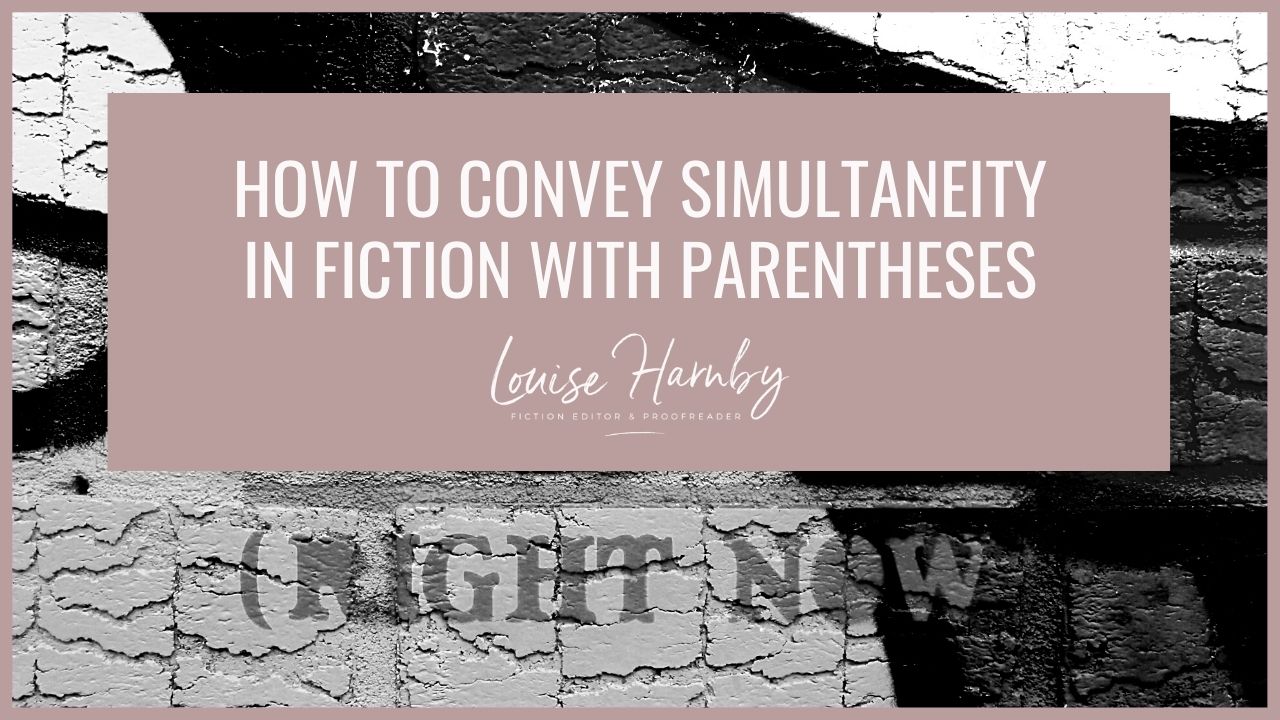
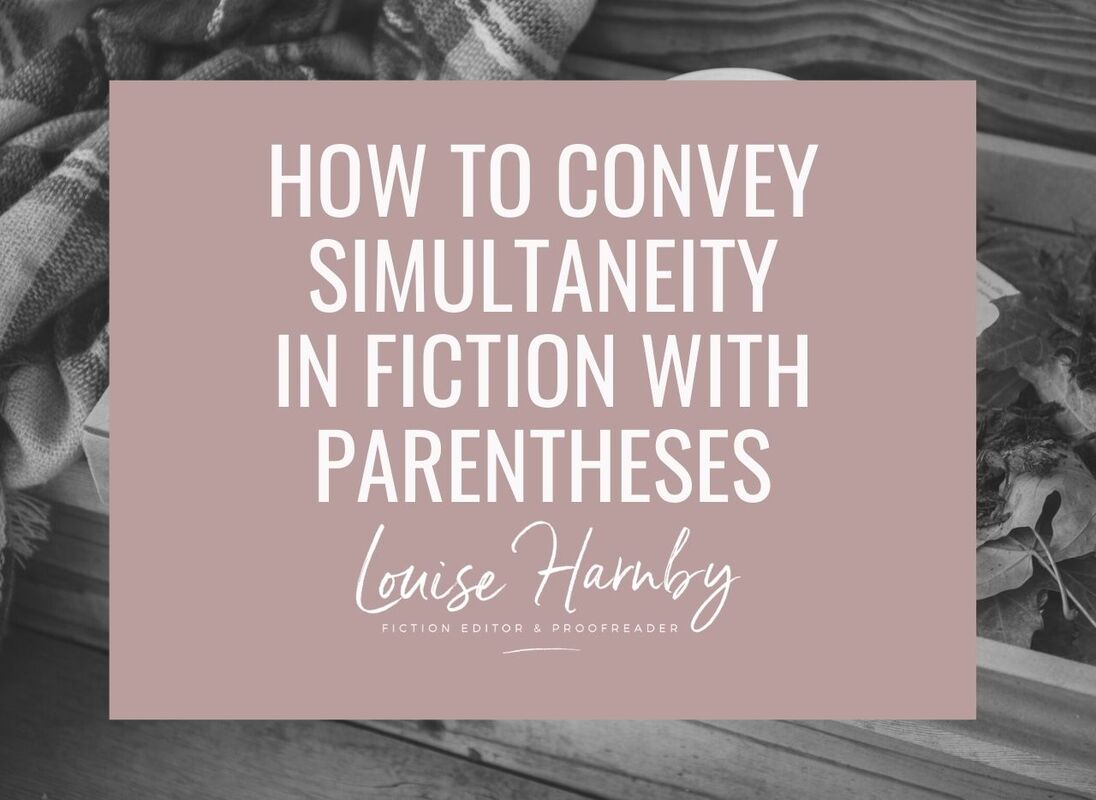
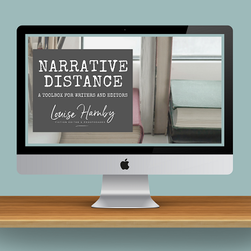
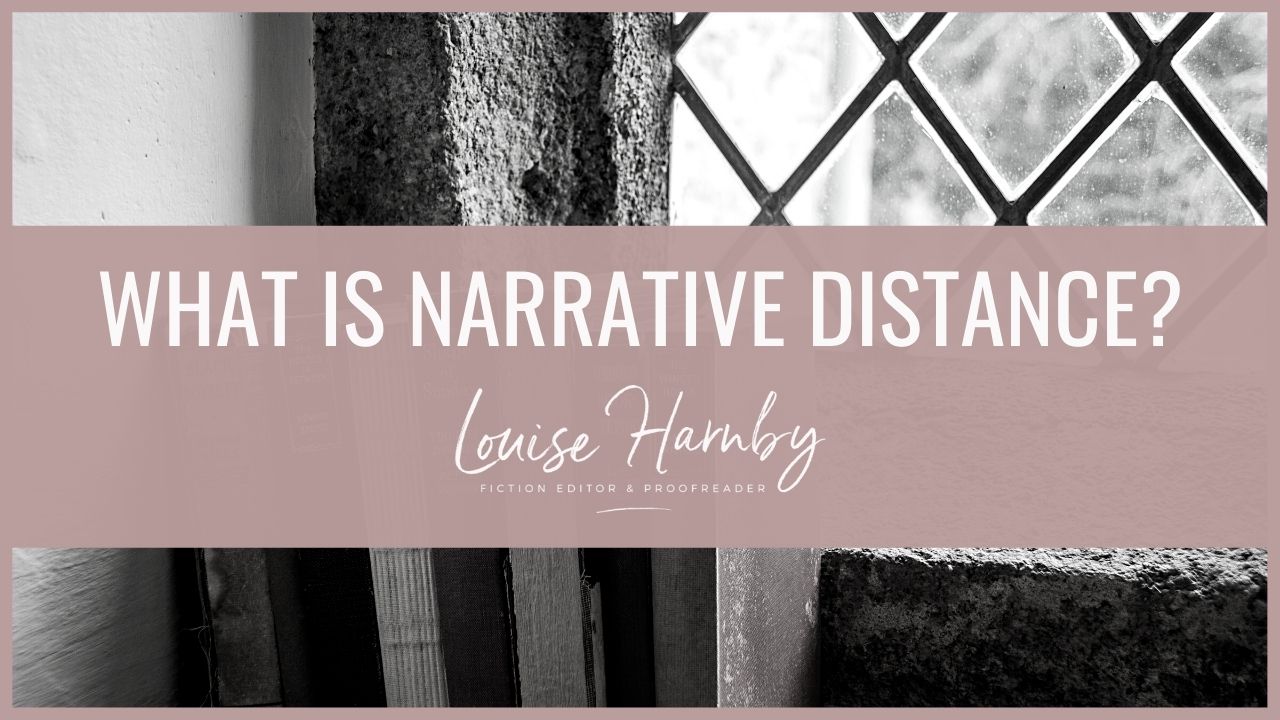
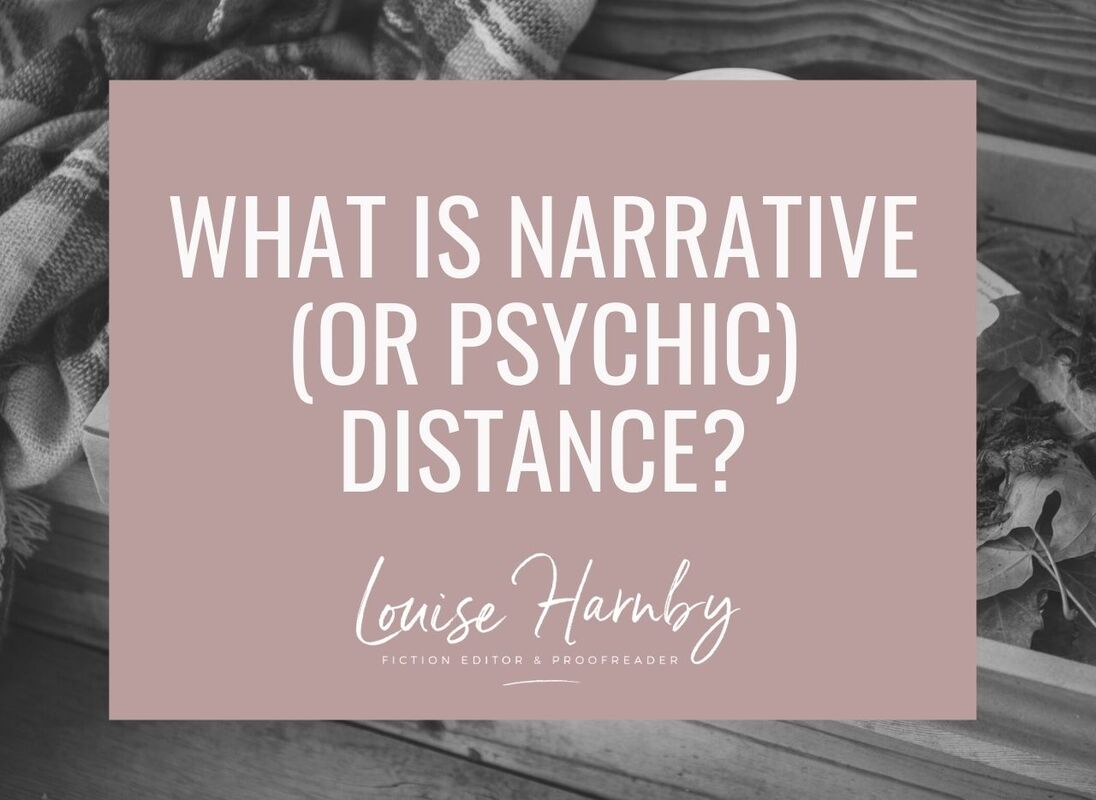
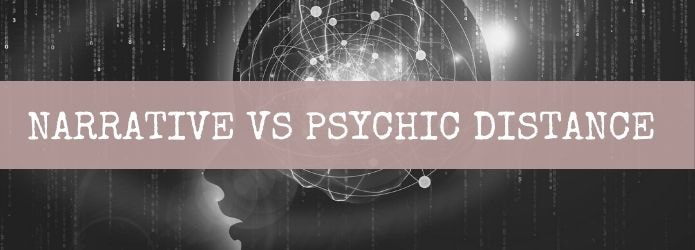

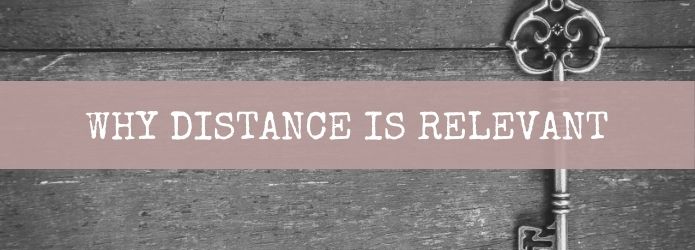

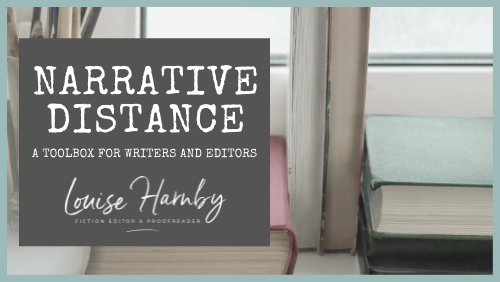
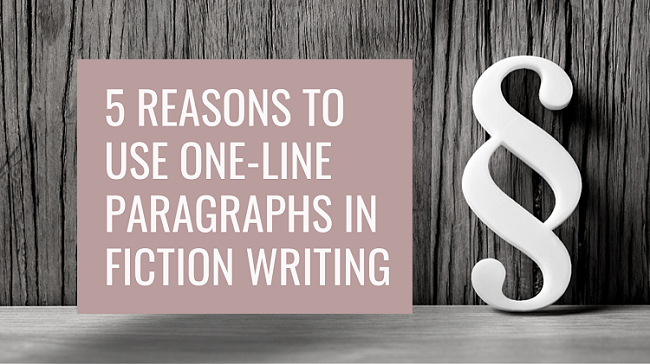
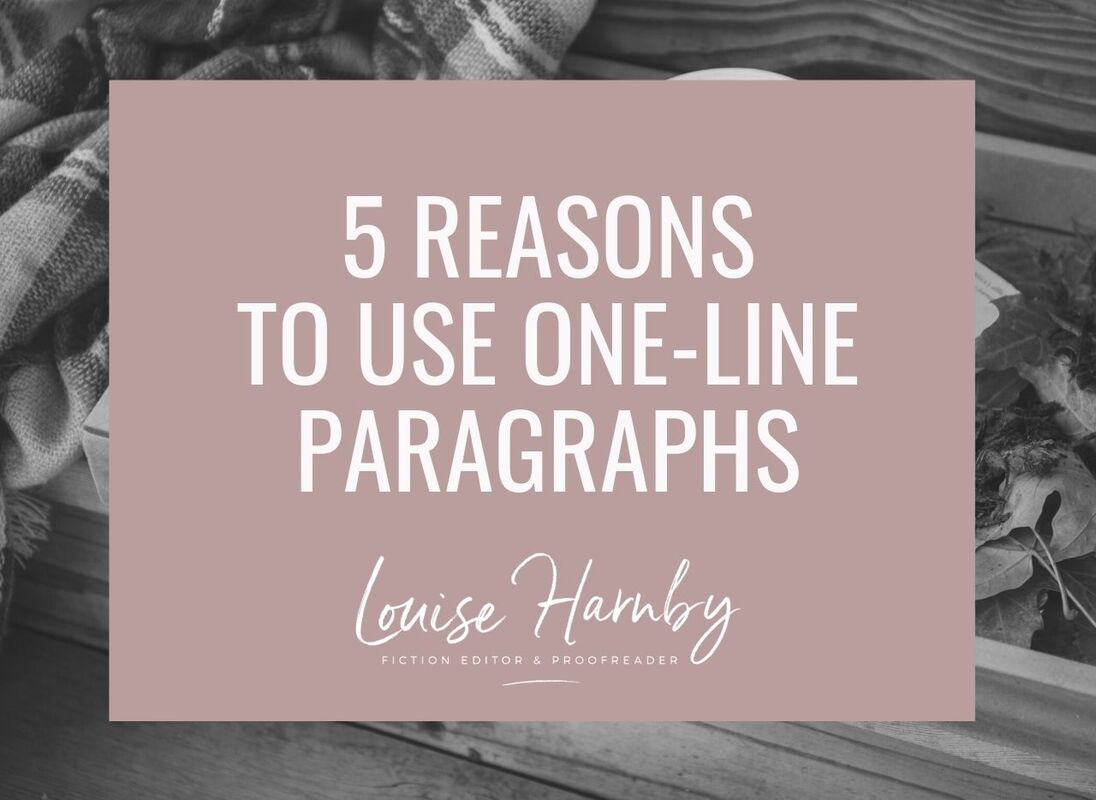
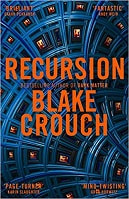
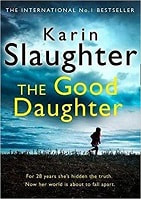
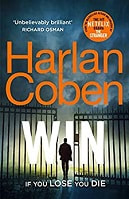
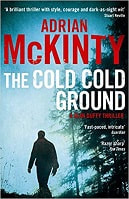
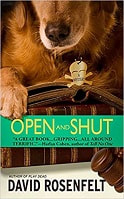
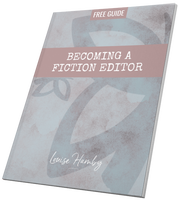
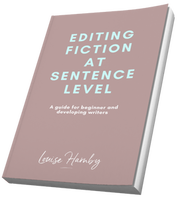
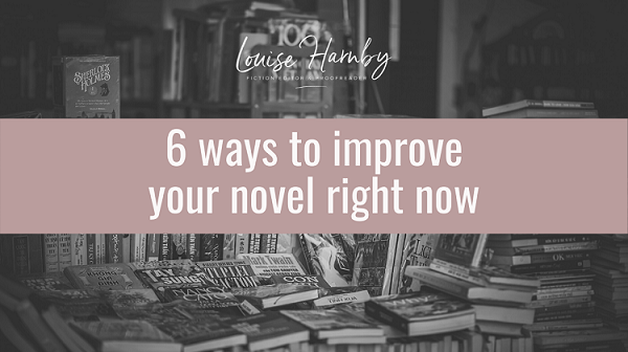
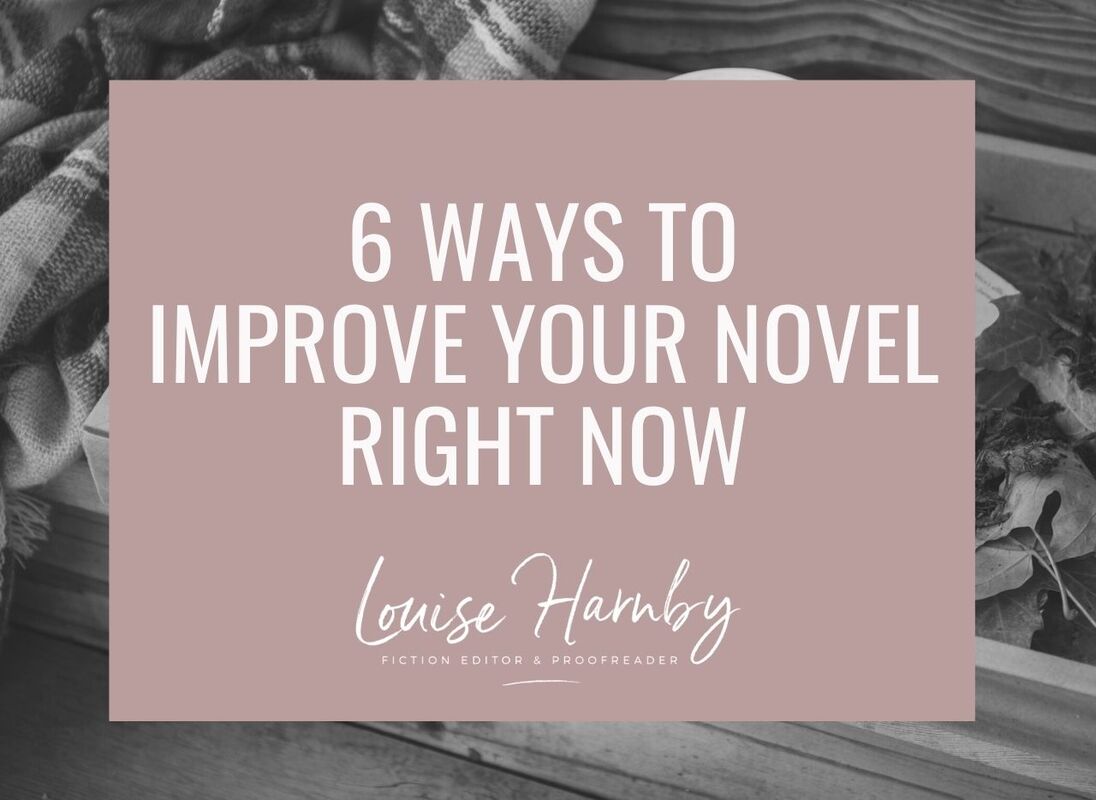
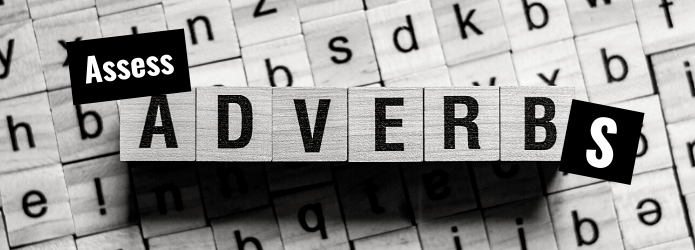

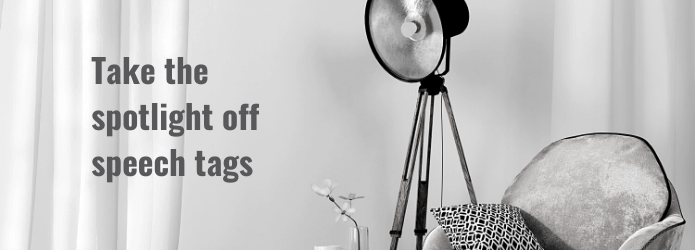

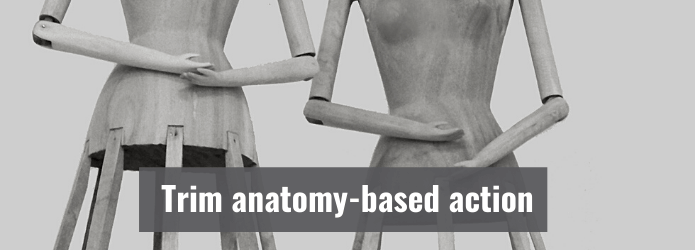
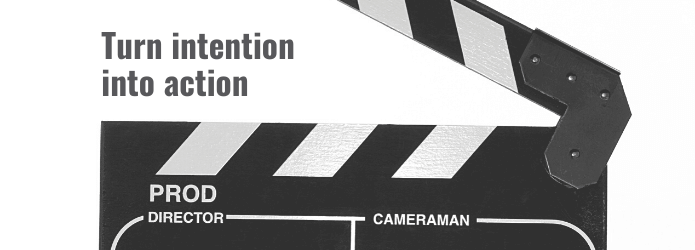
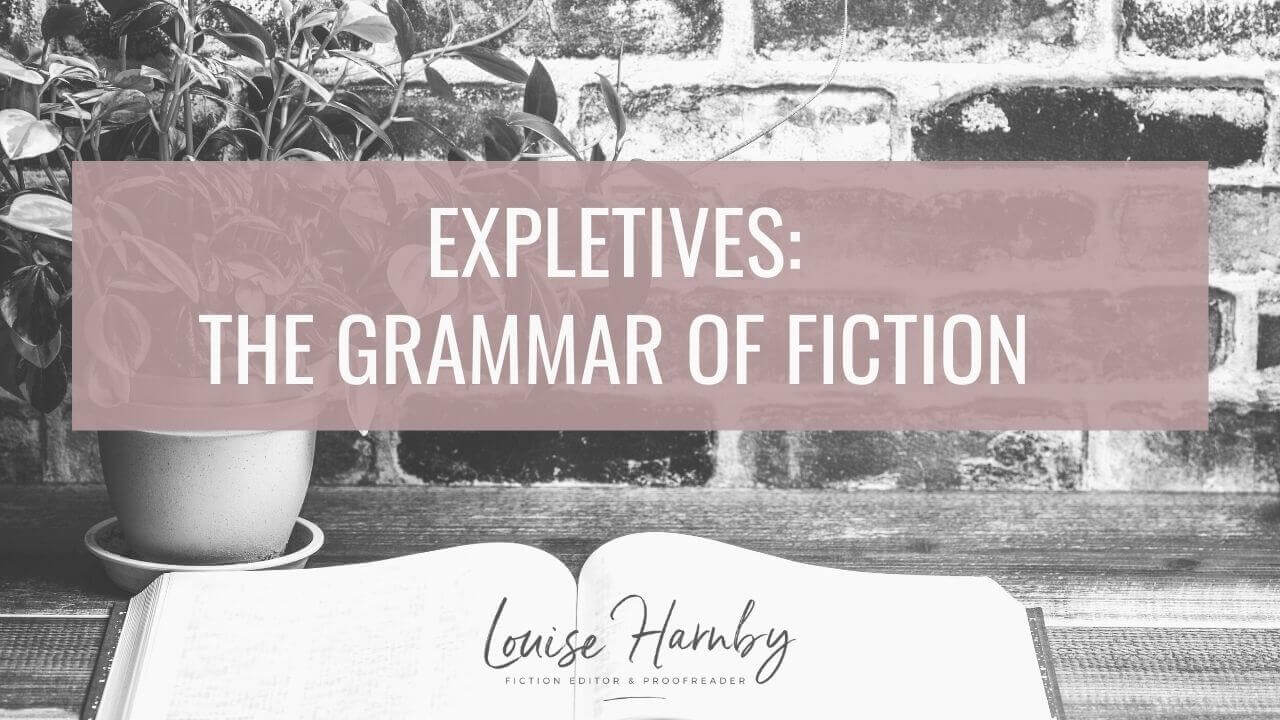
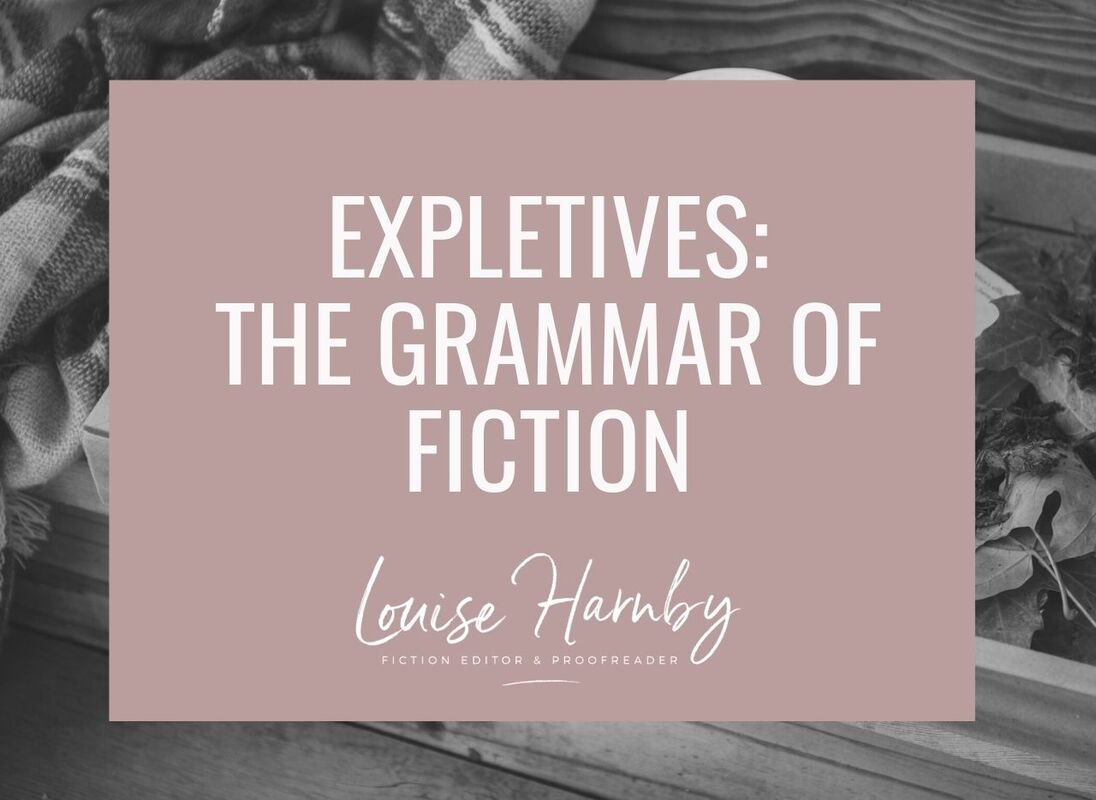


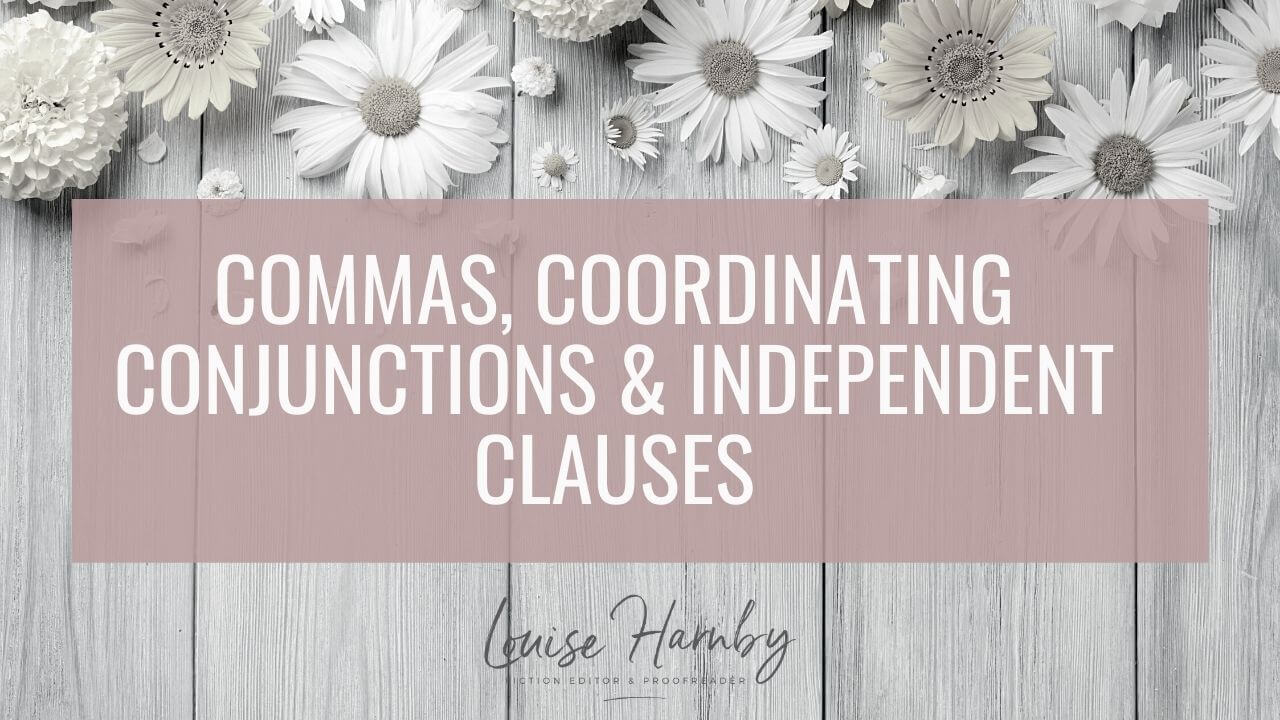
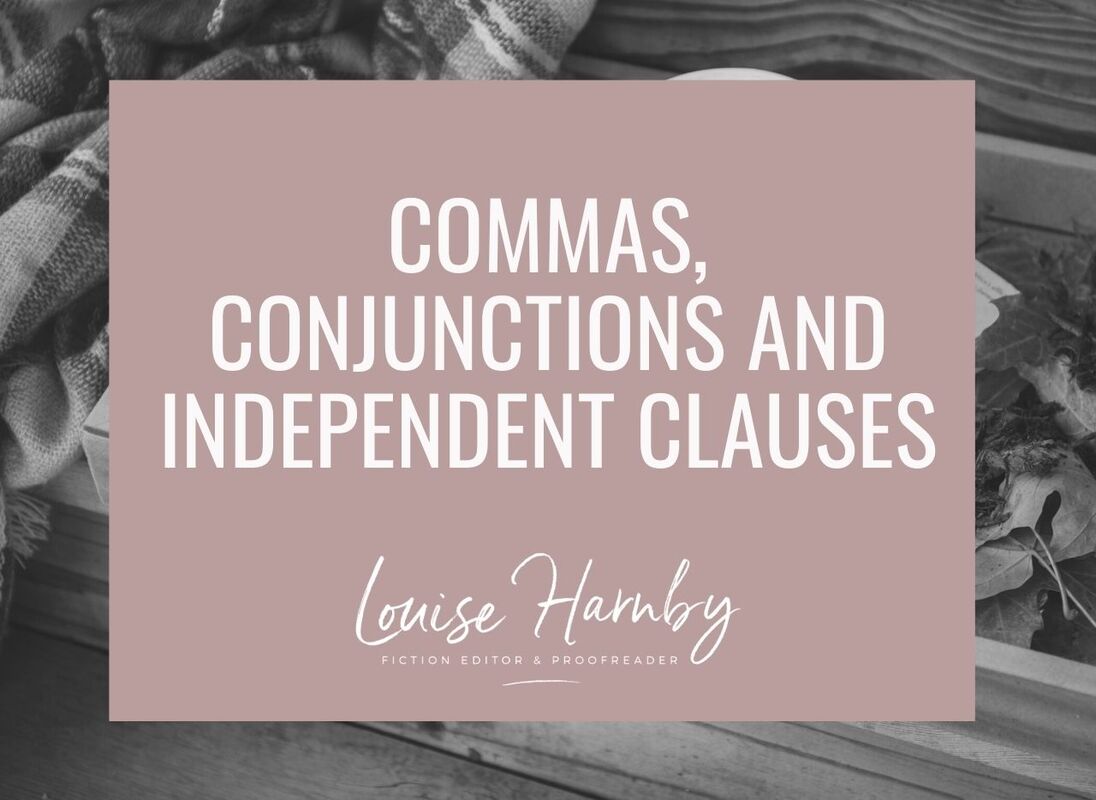

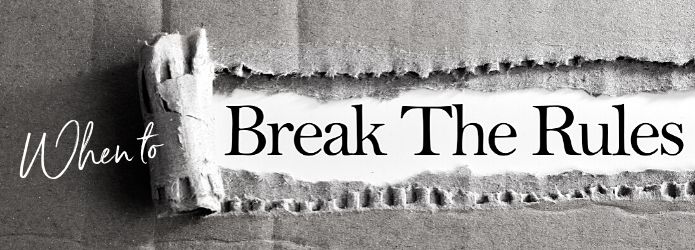

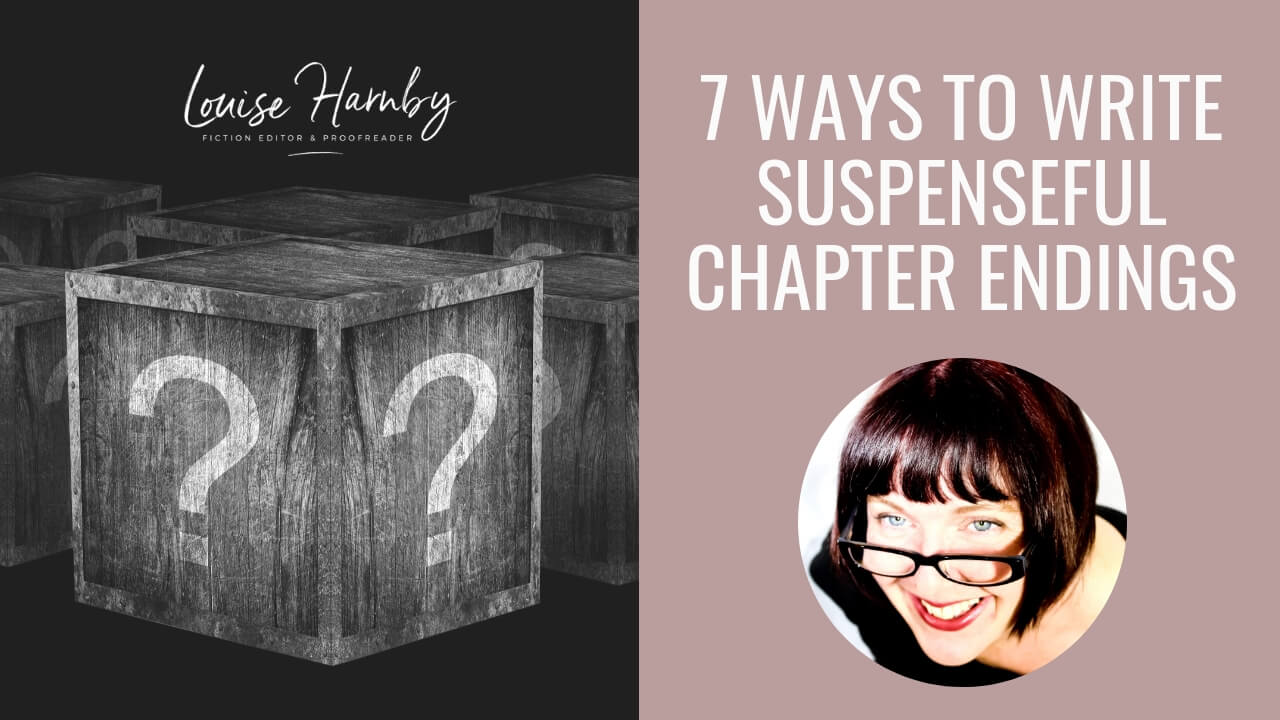
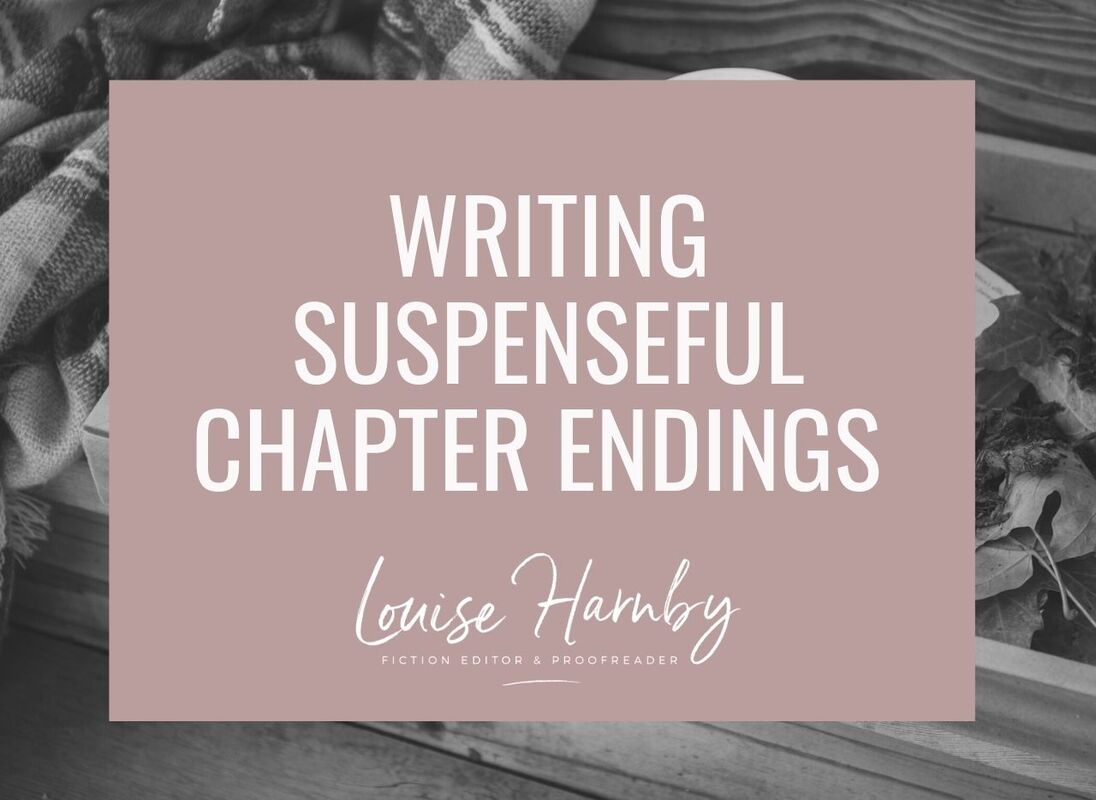
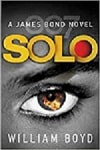
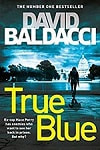
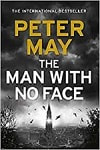
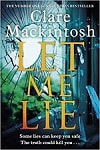
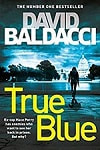
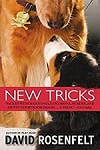

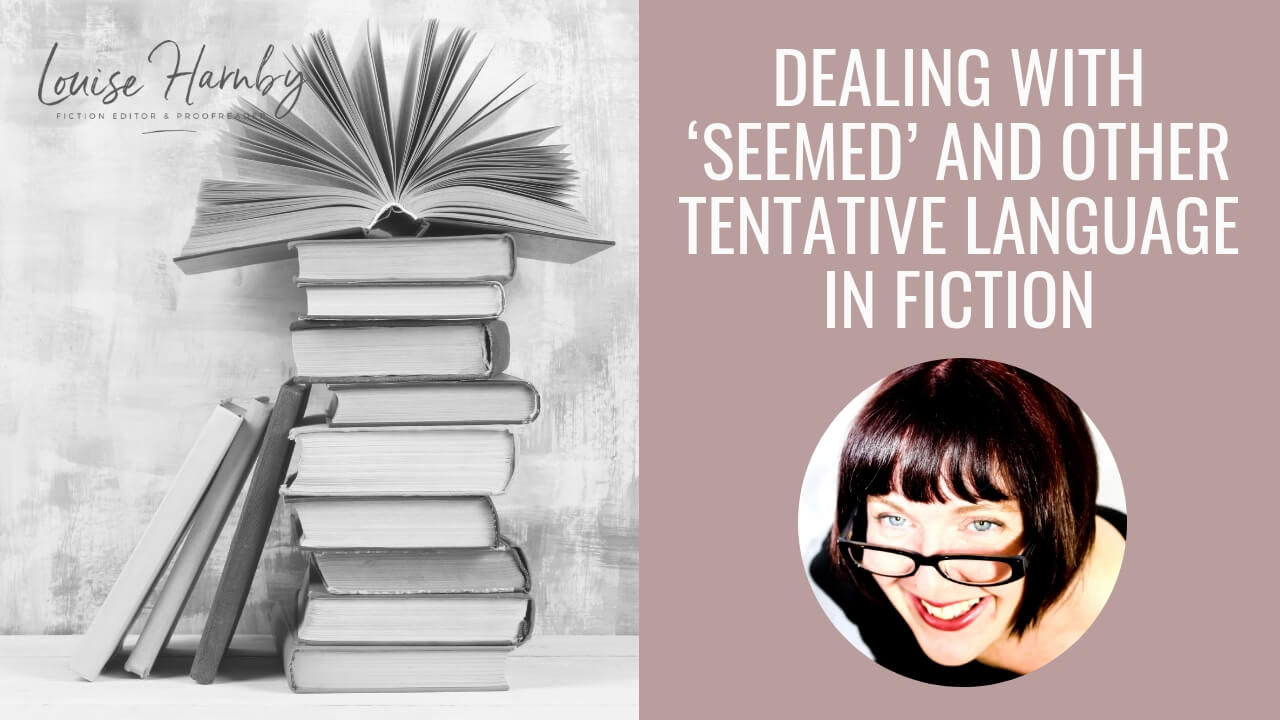
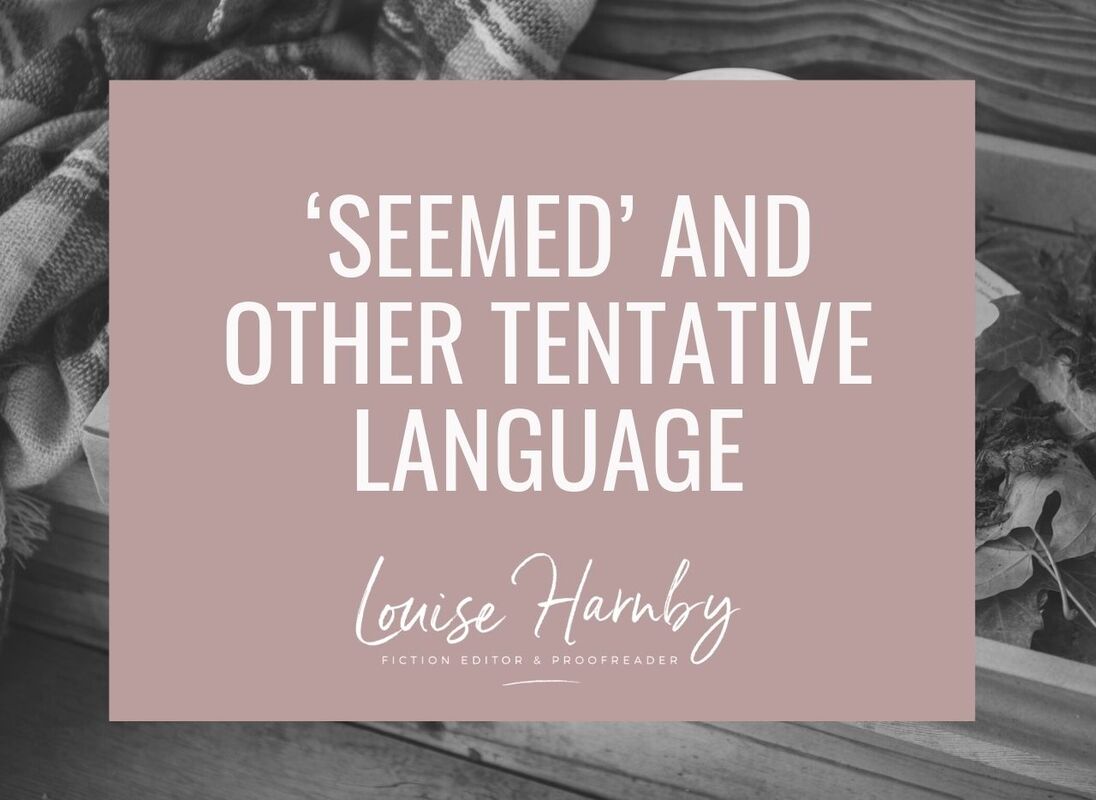
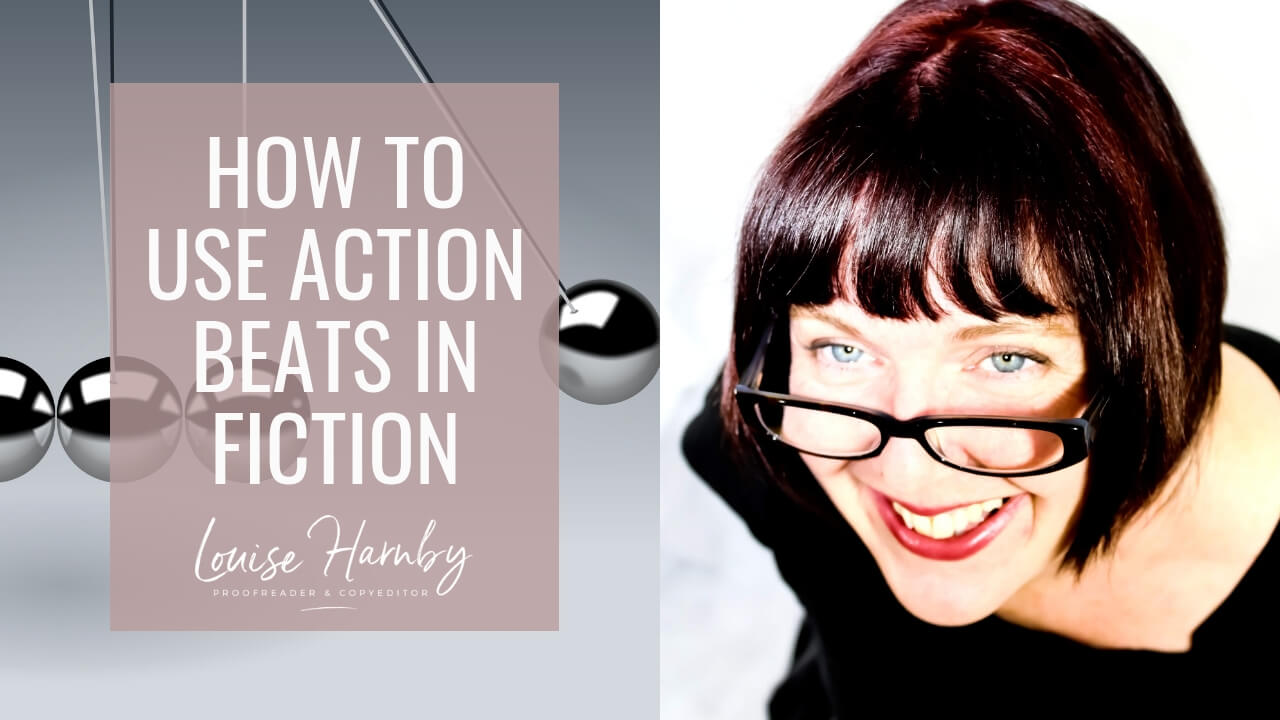
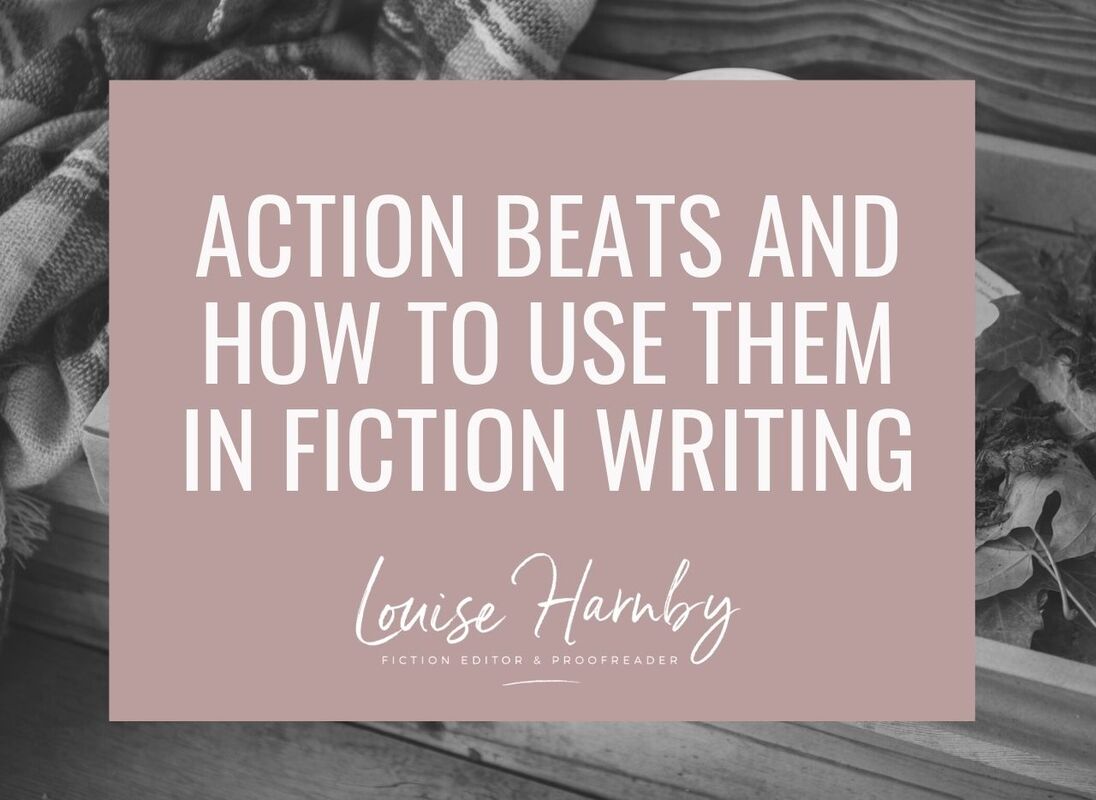
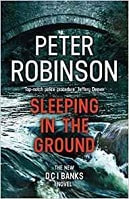
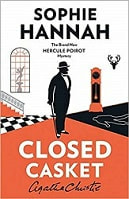
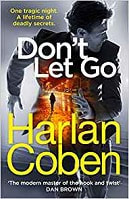
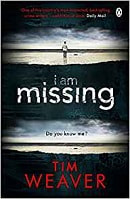
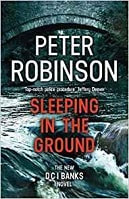
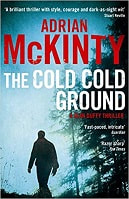
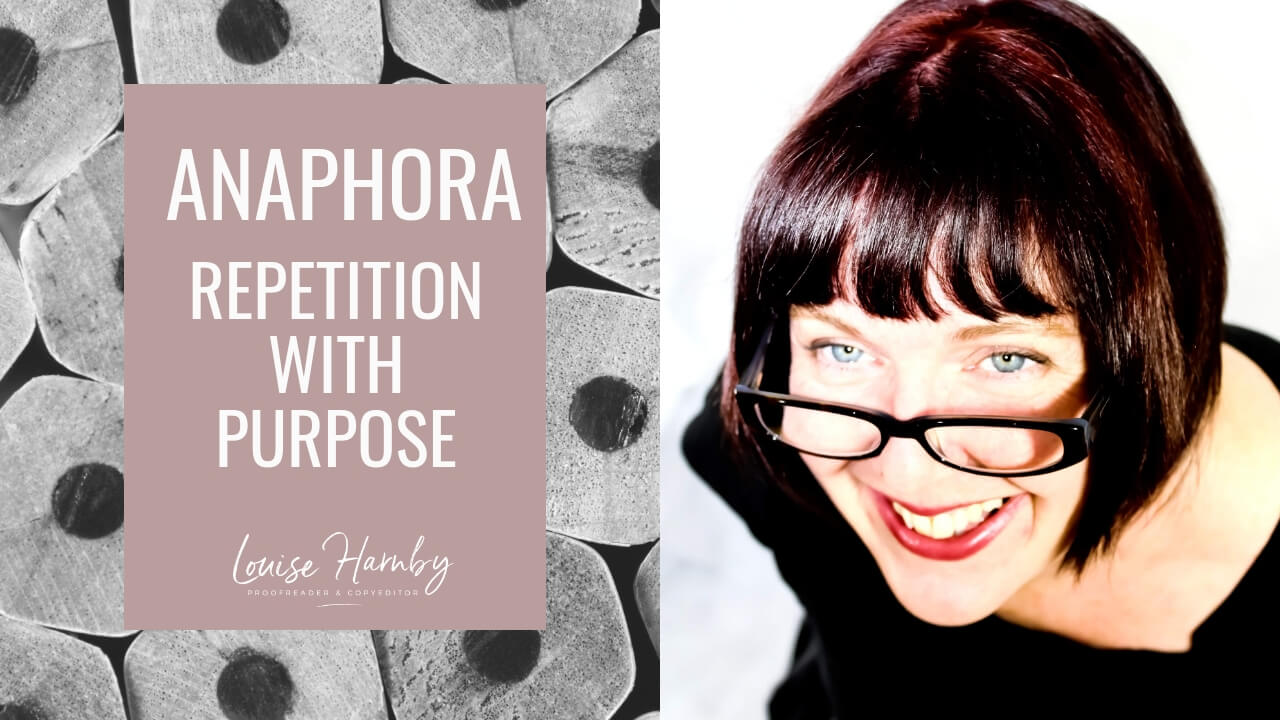
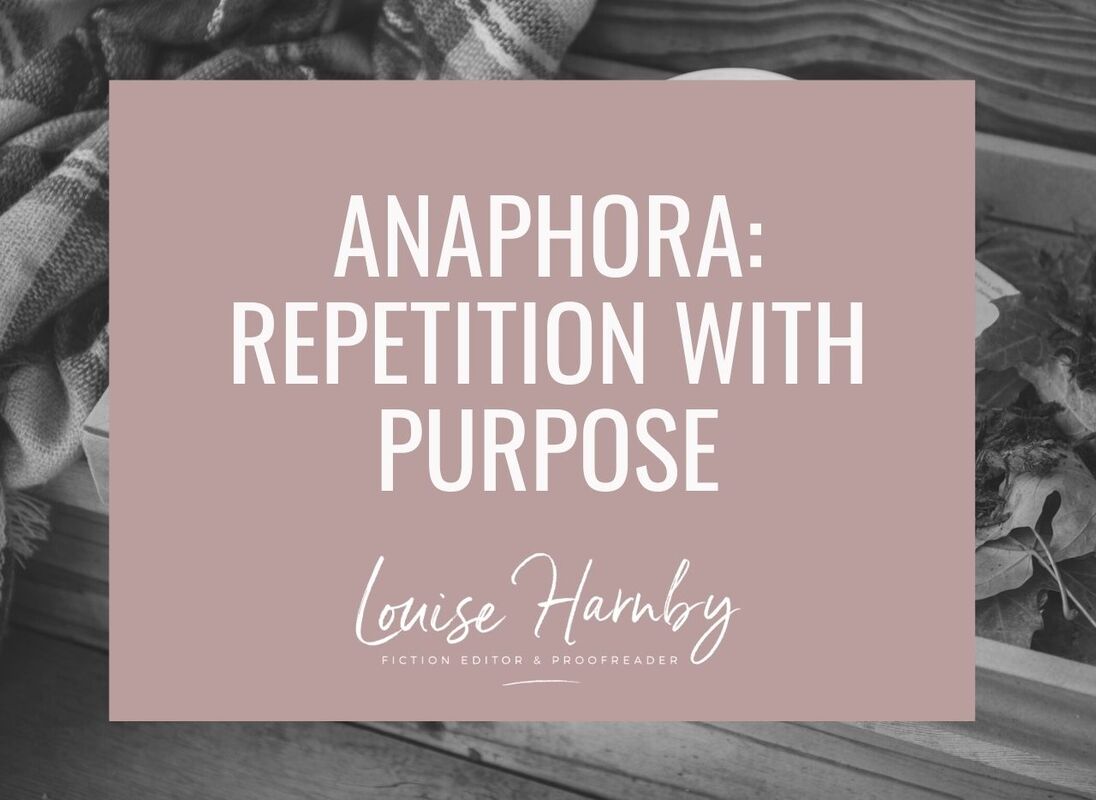
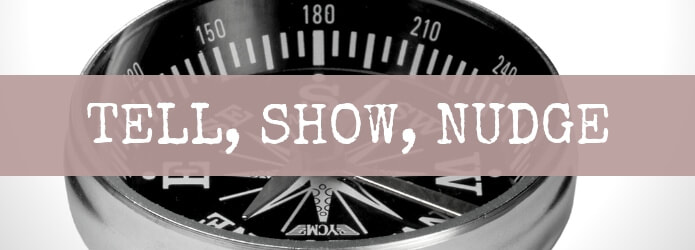

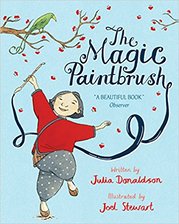
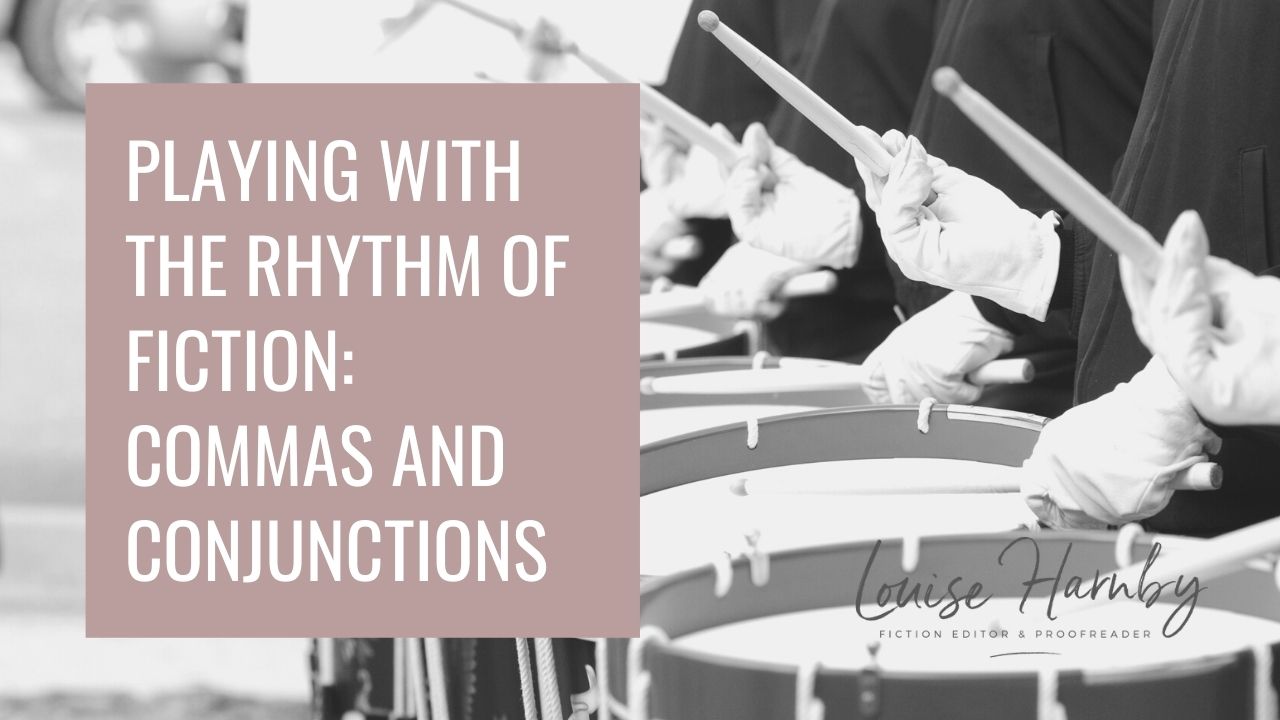
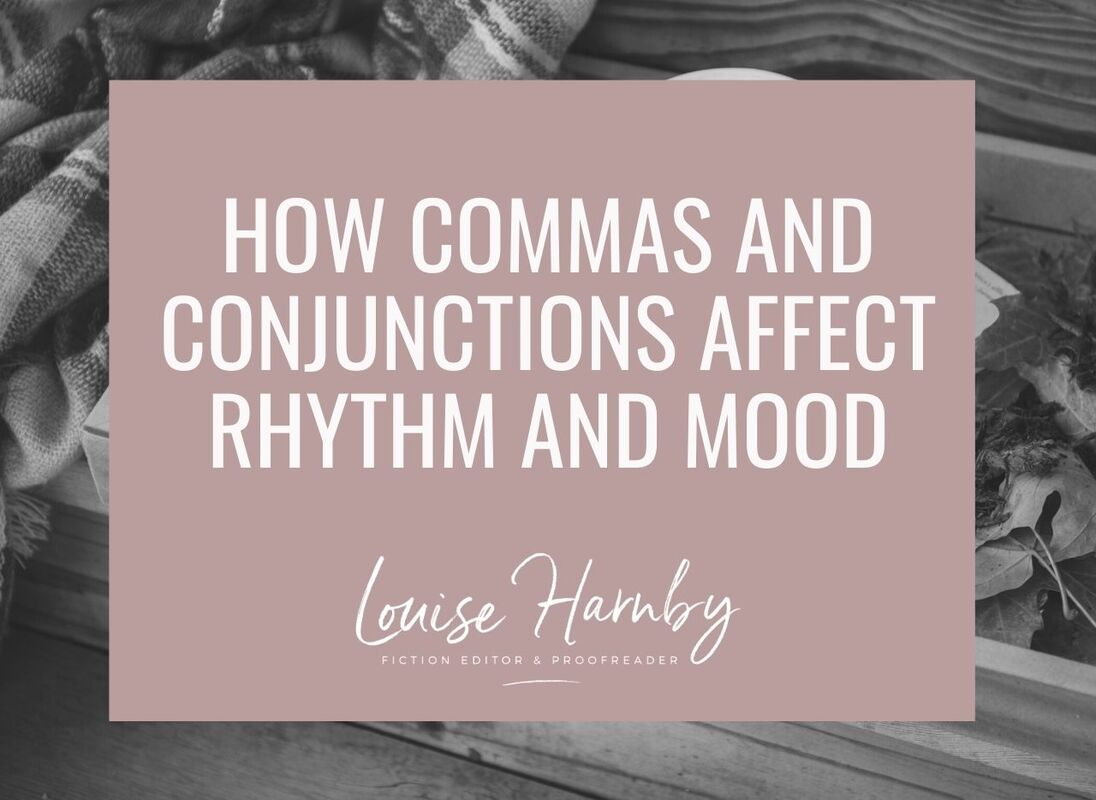





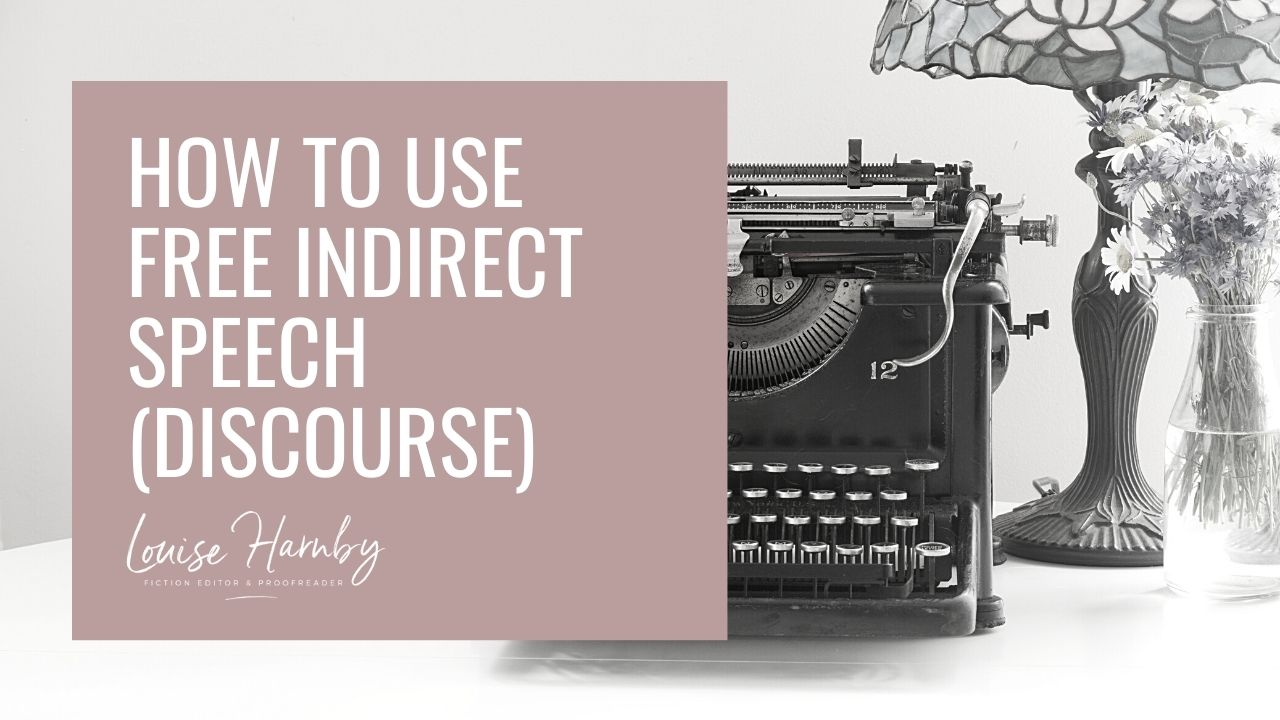
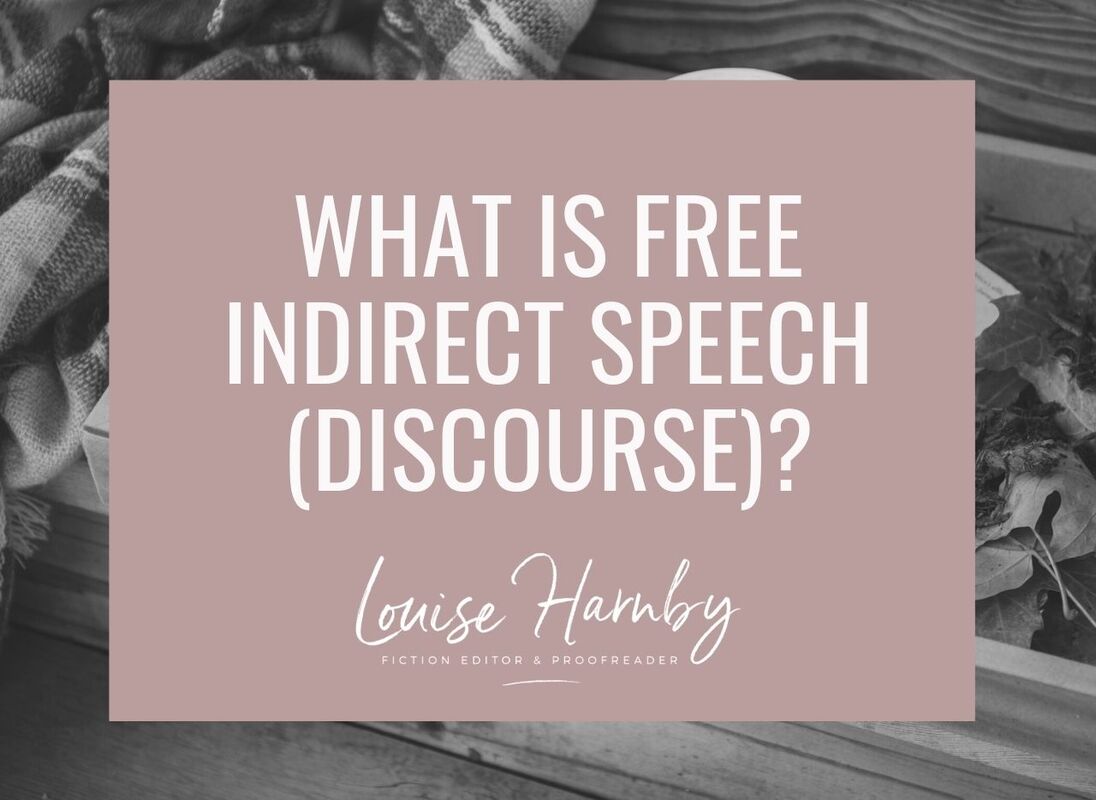
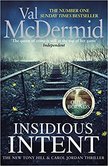
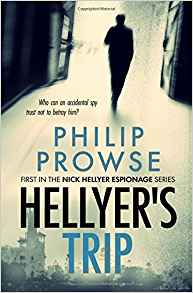
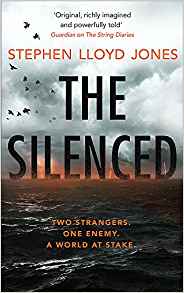
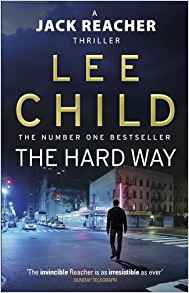
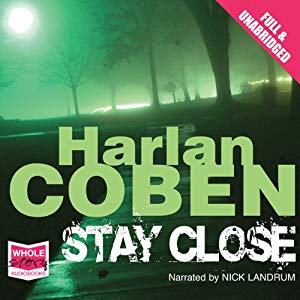
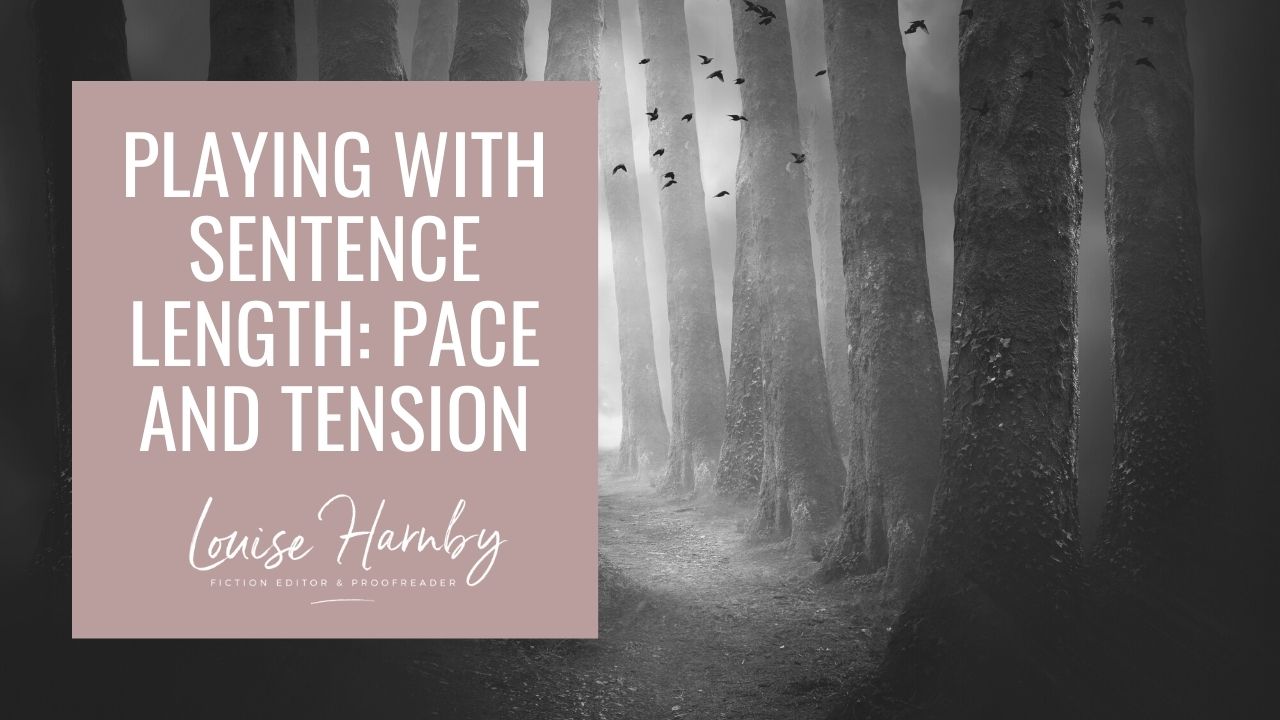
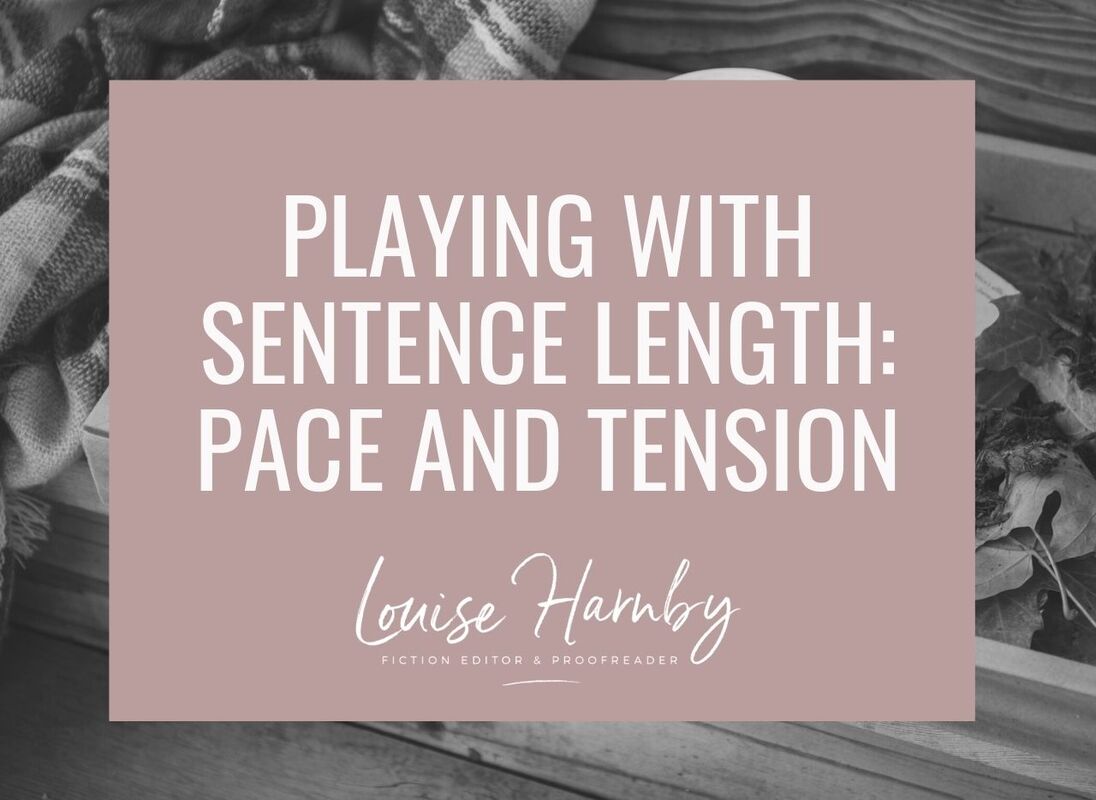
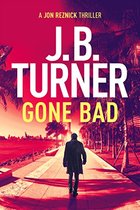
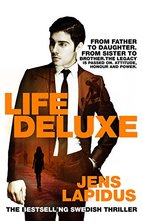
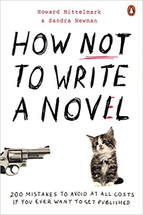
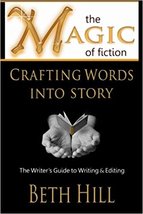
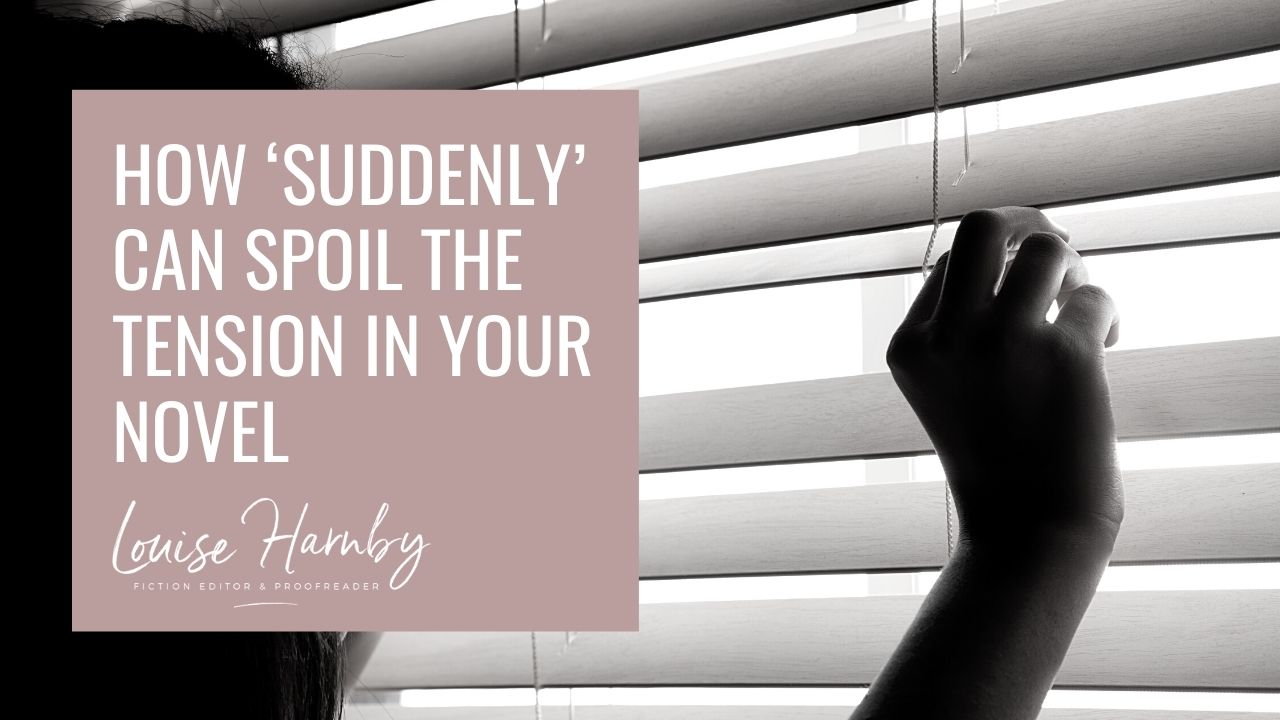
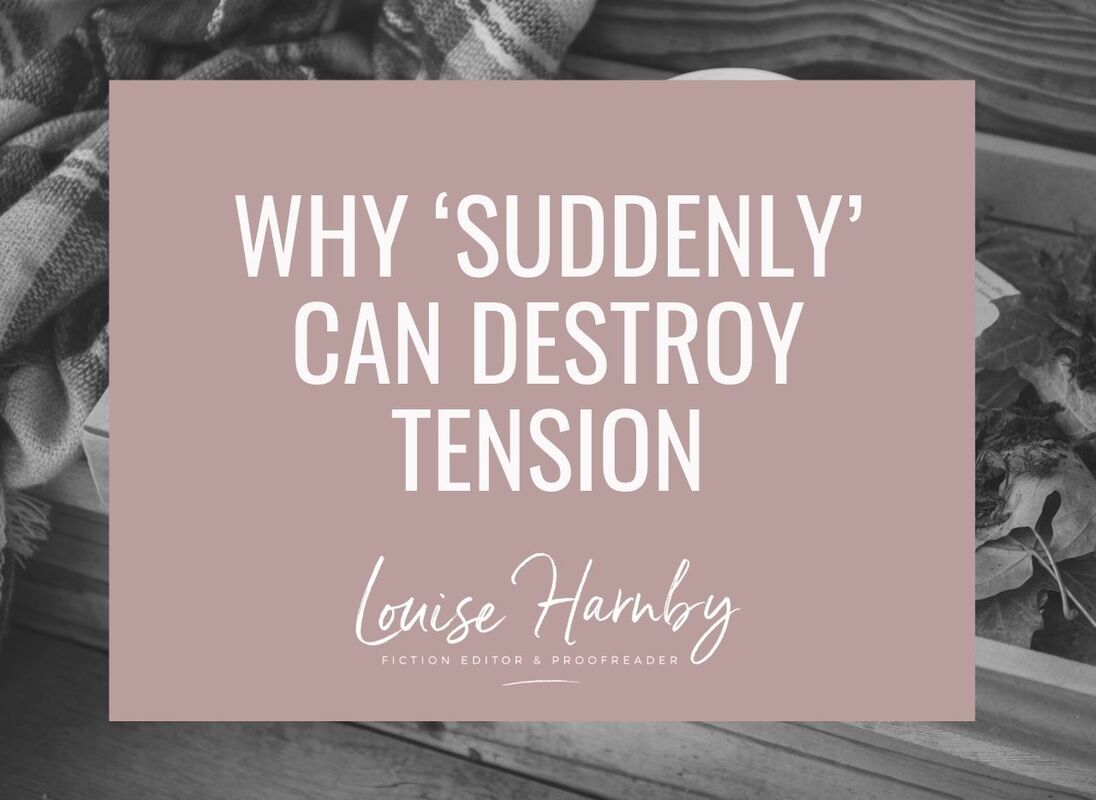
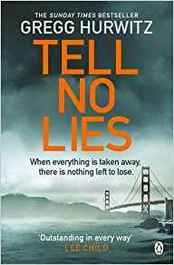

















 RSS Feed
RSS Feed





